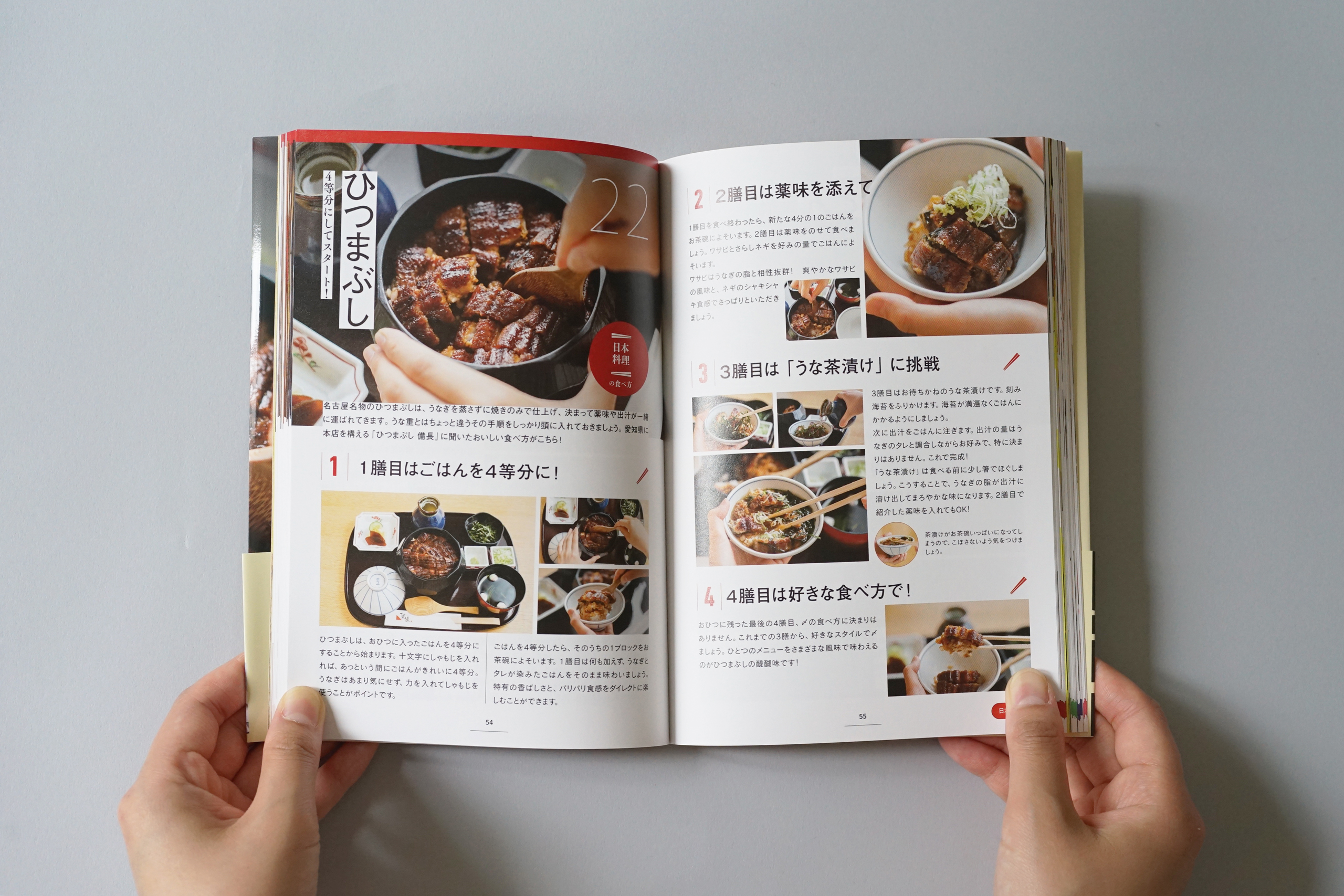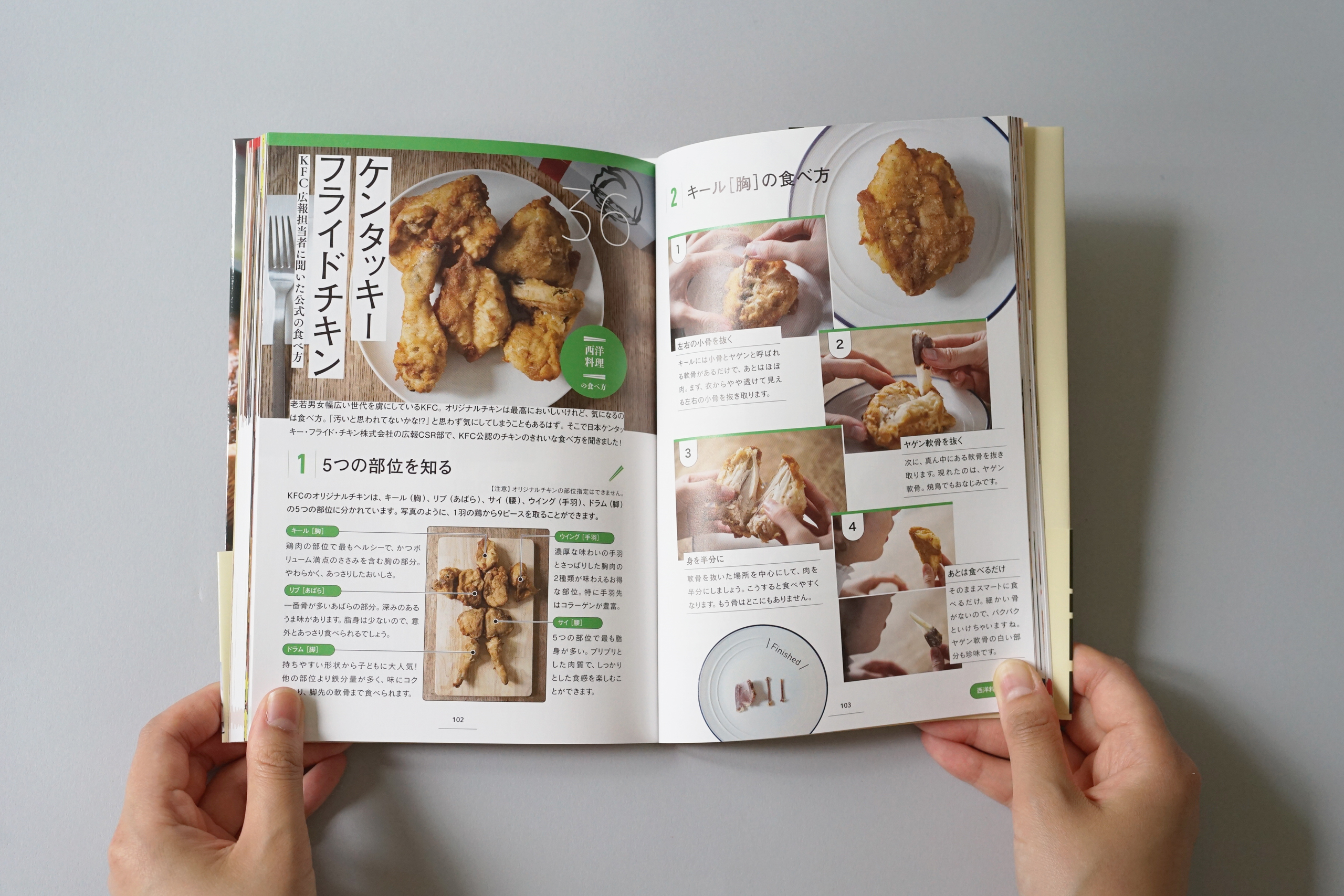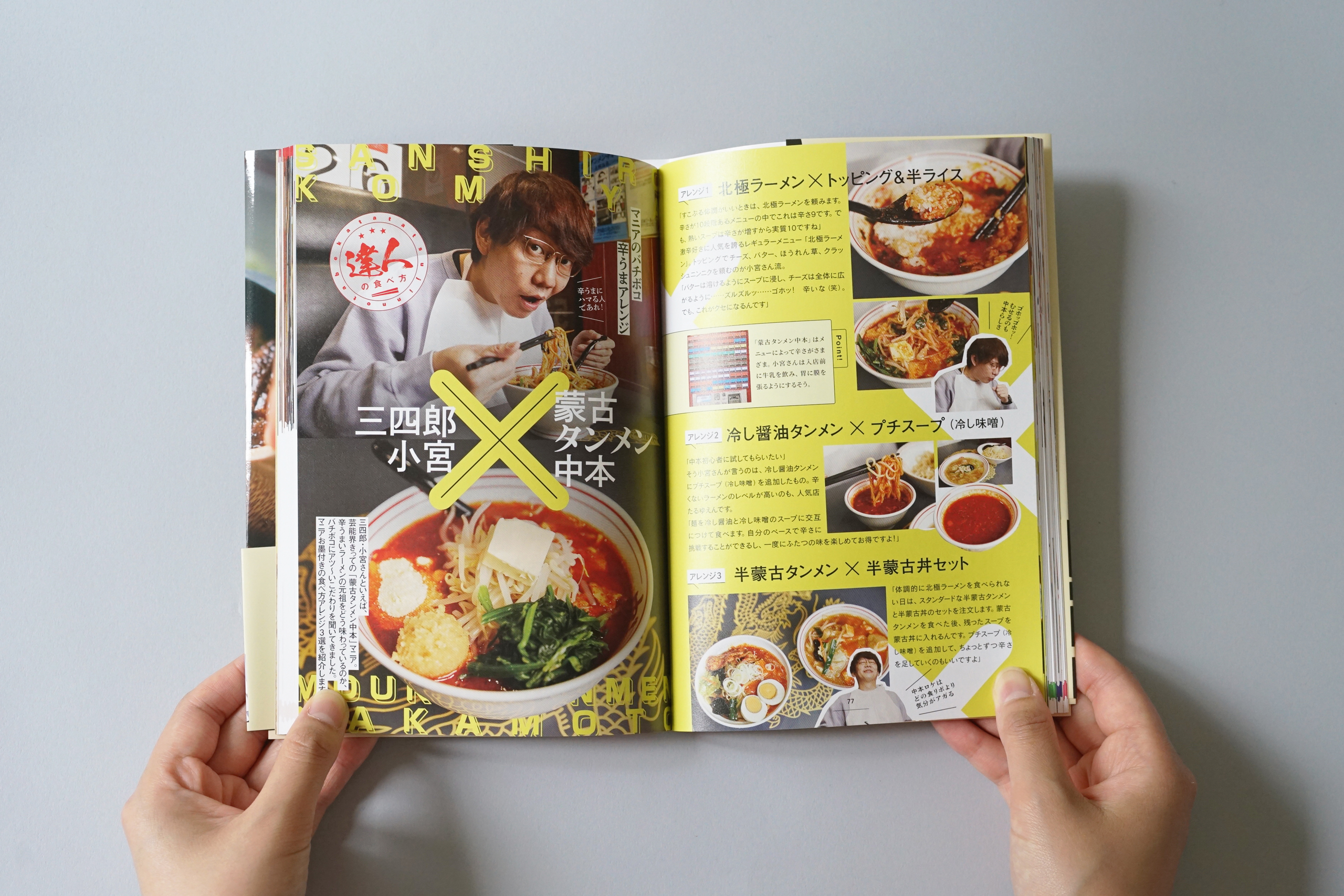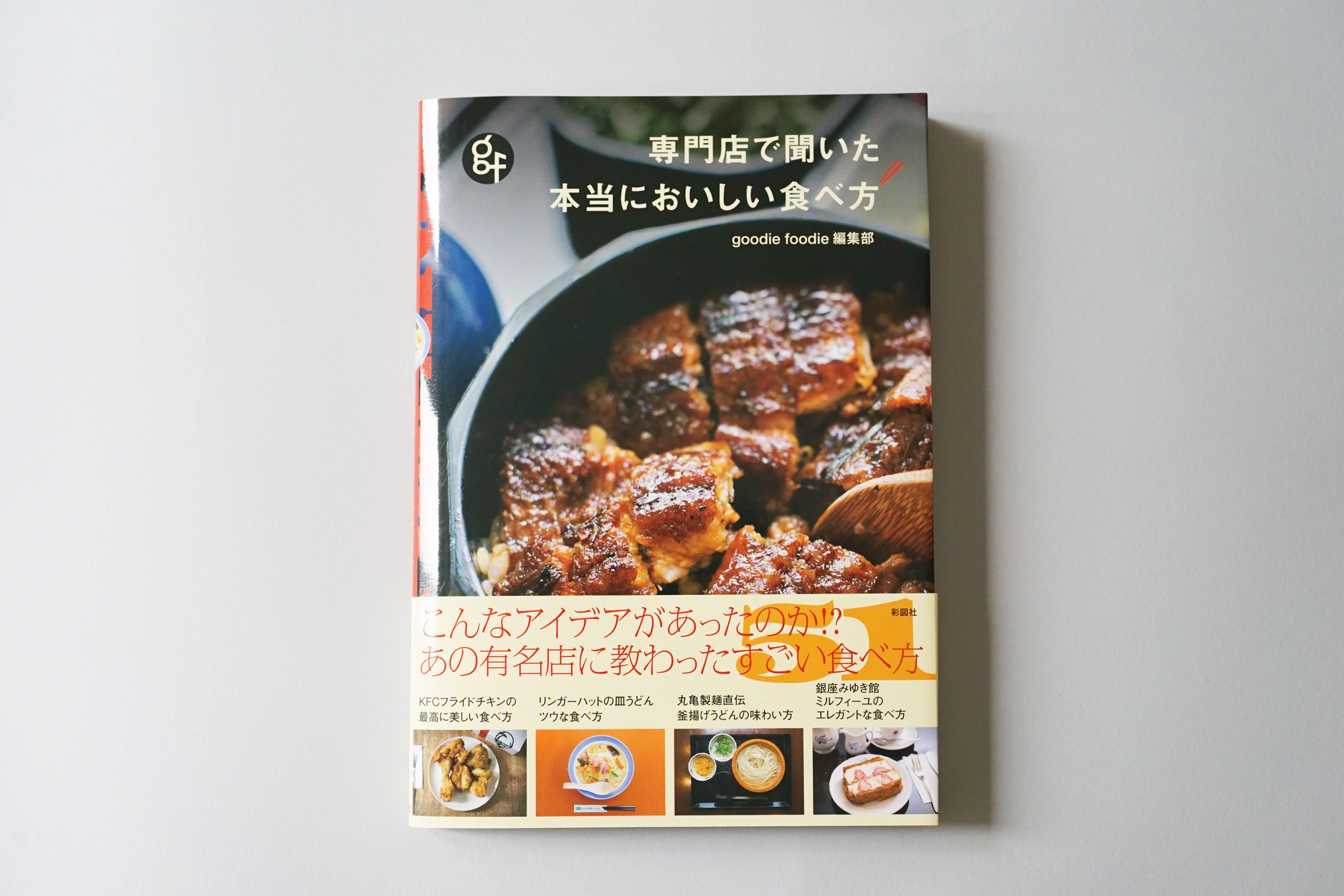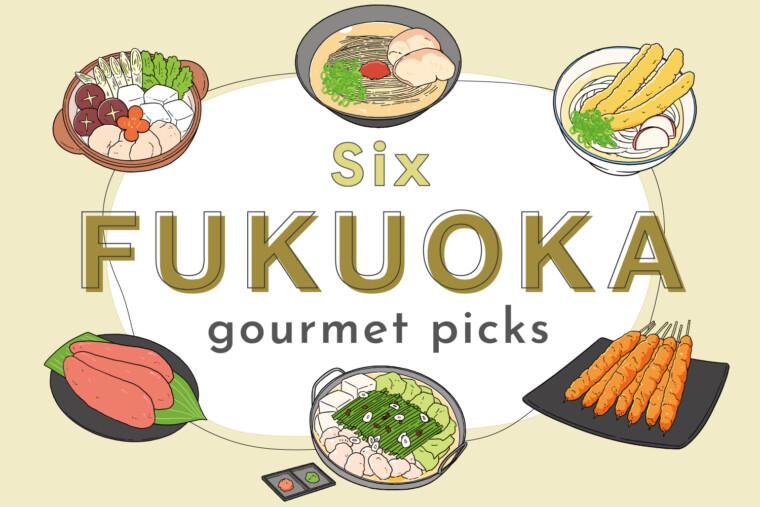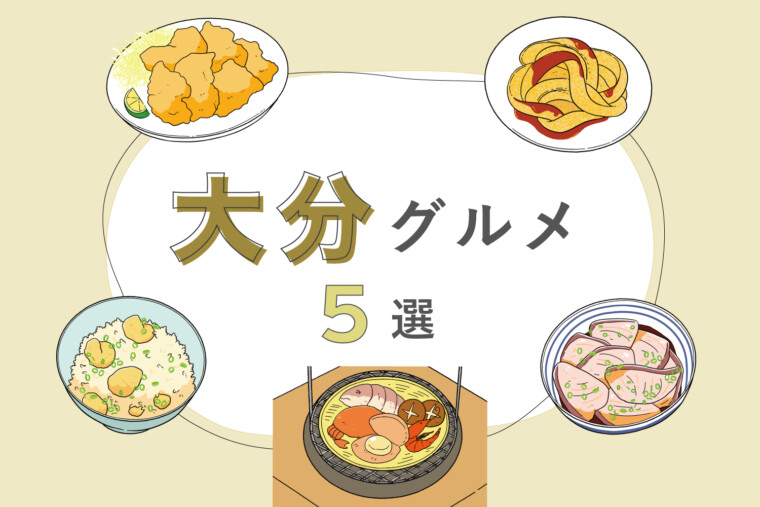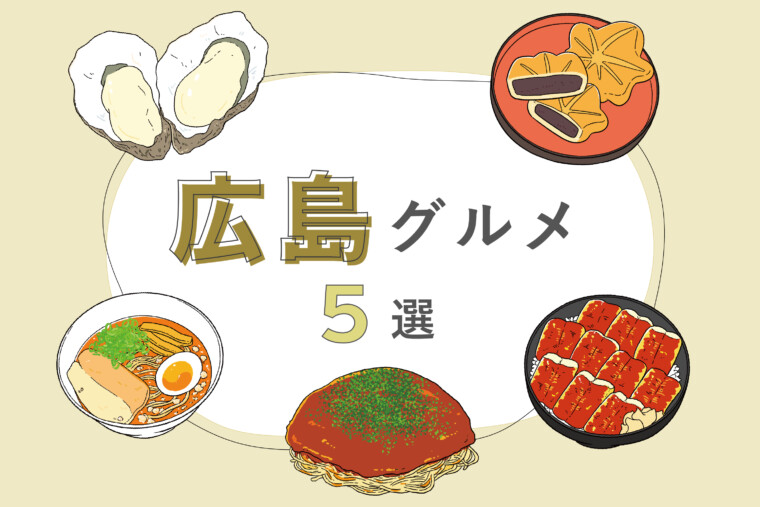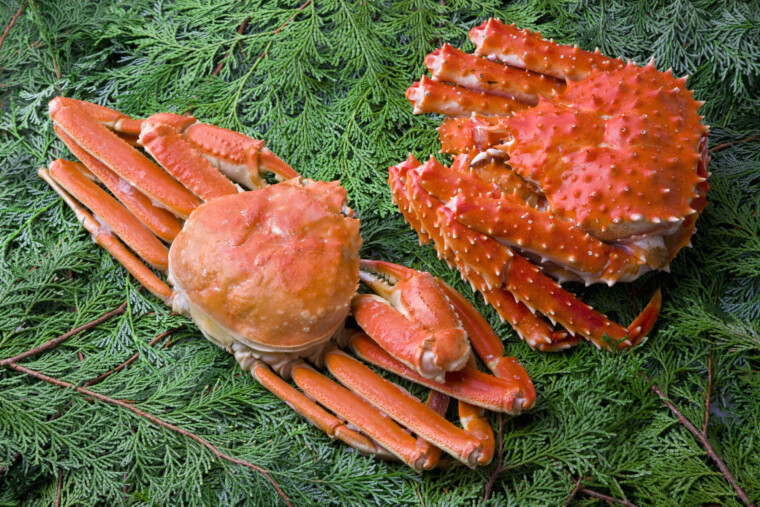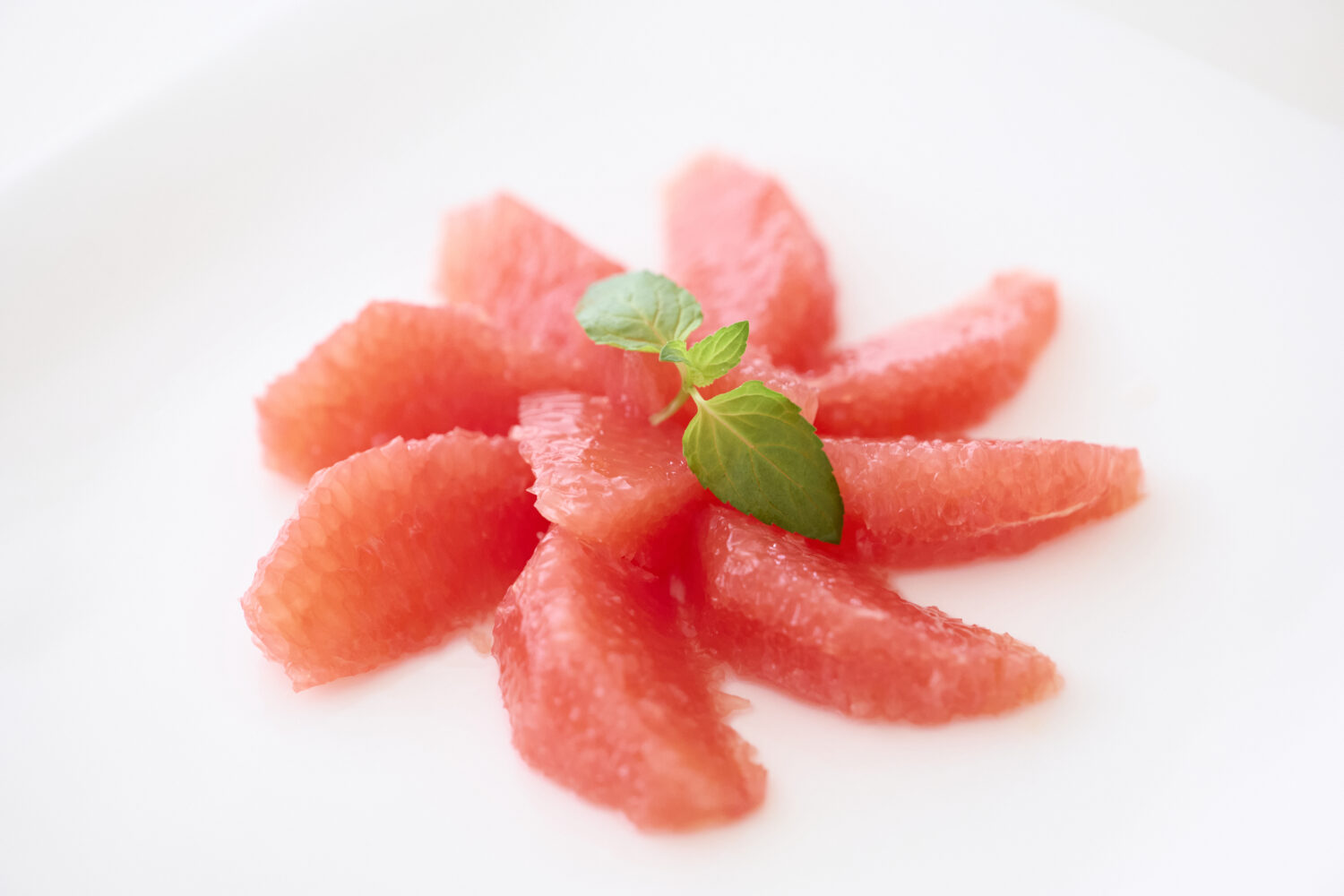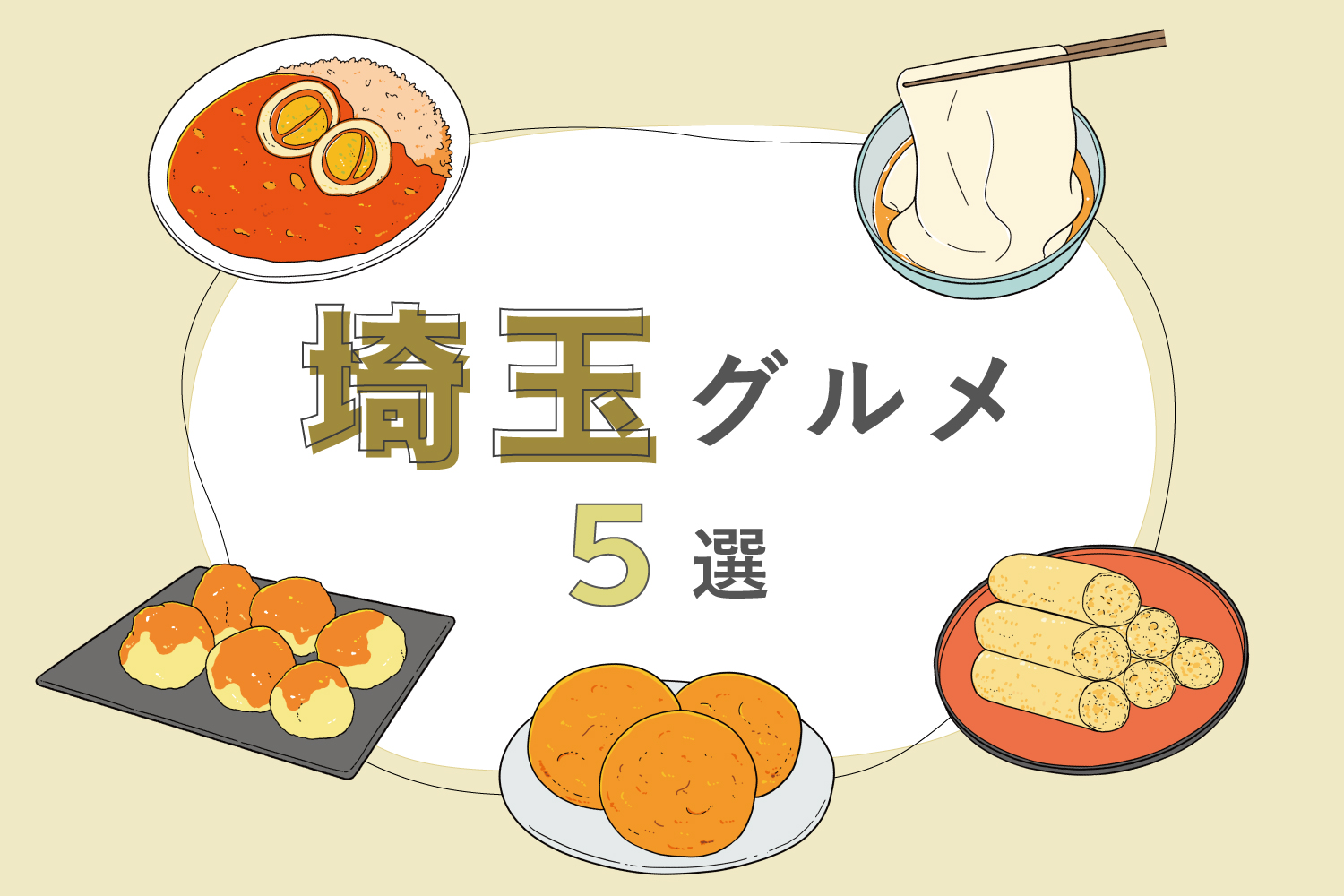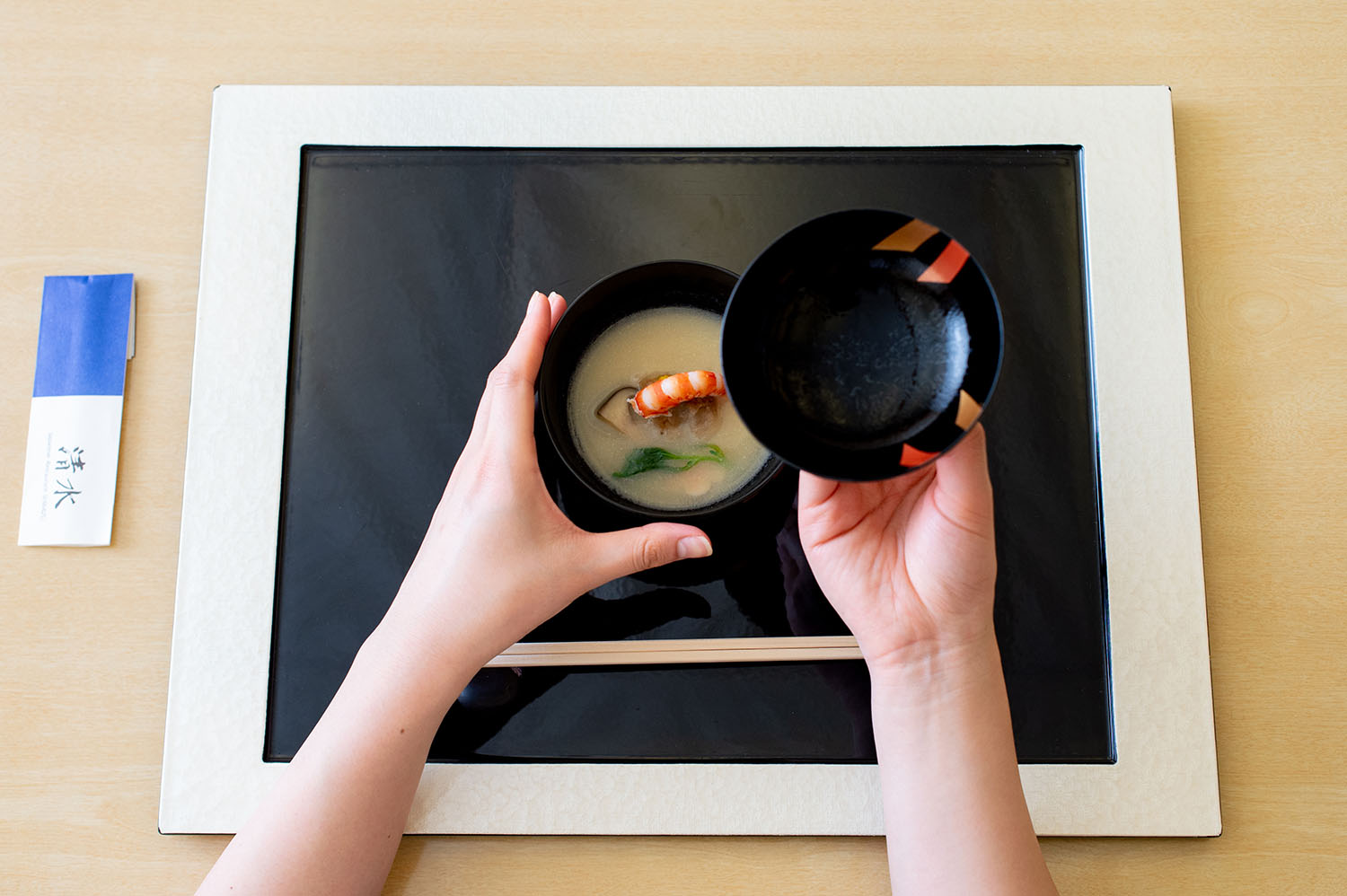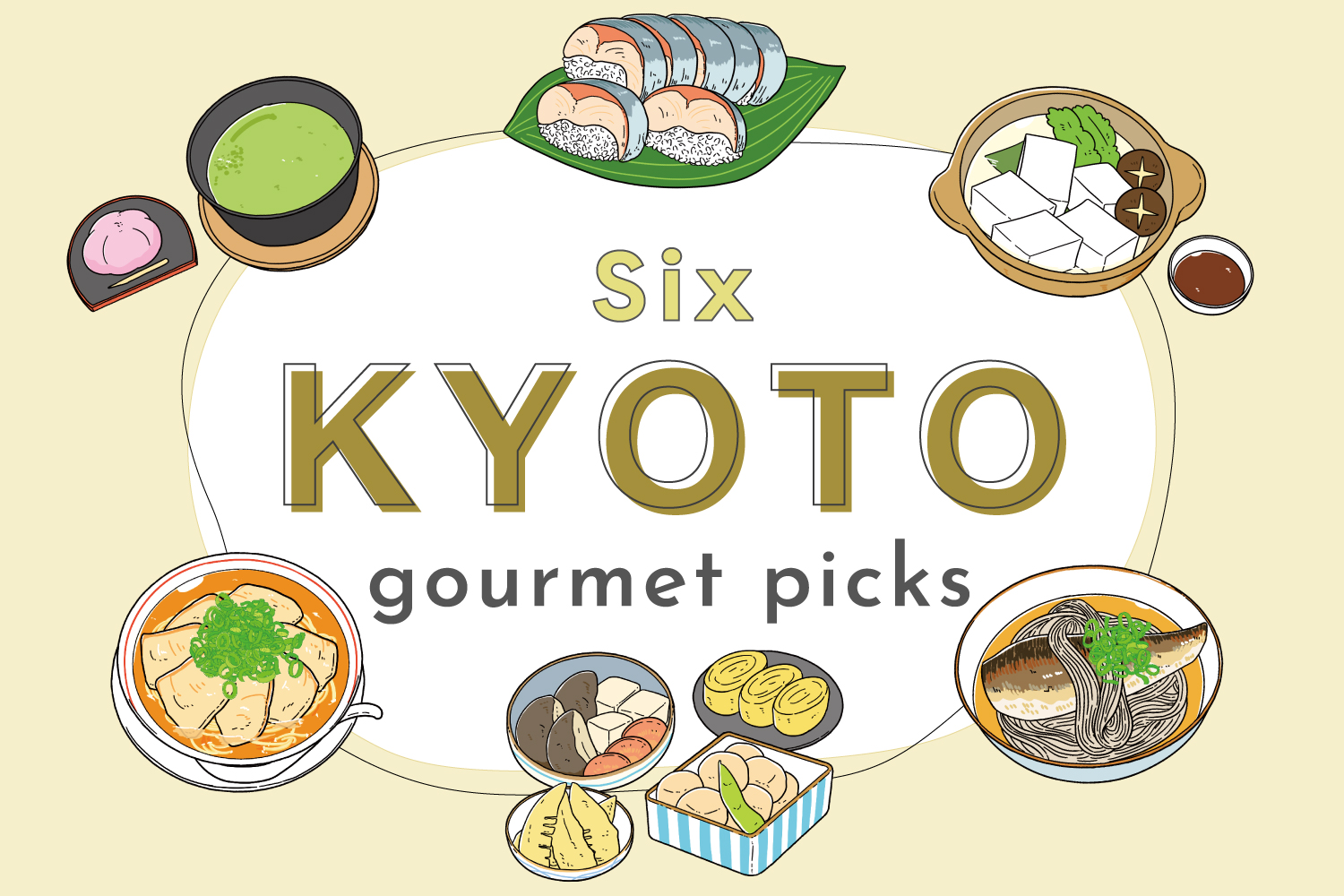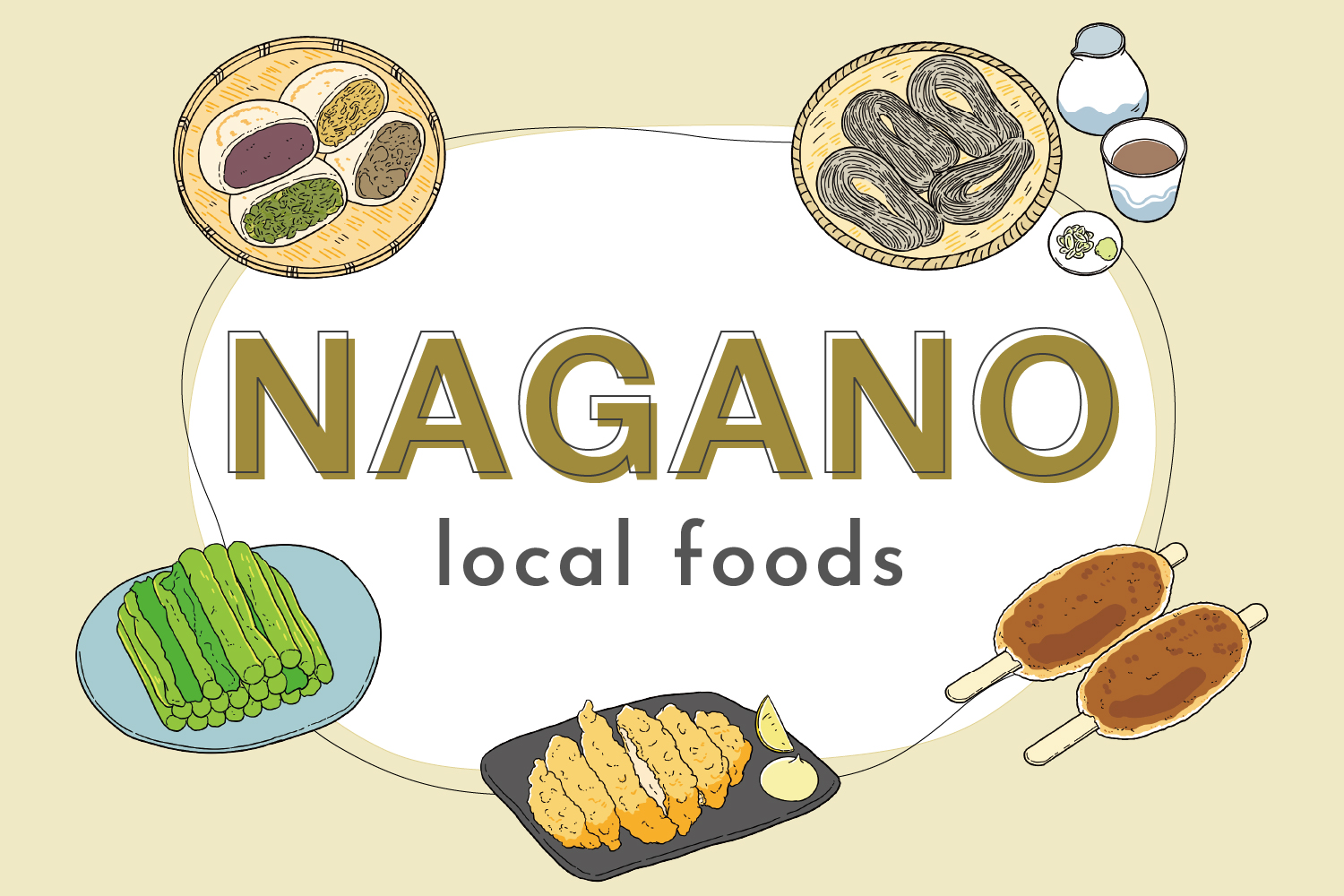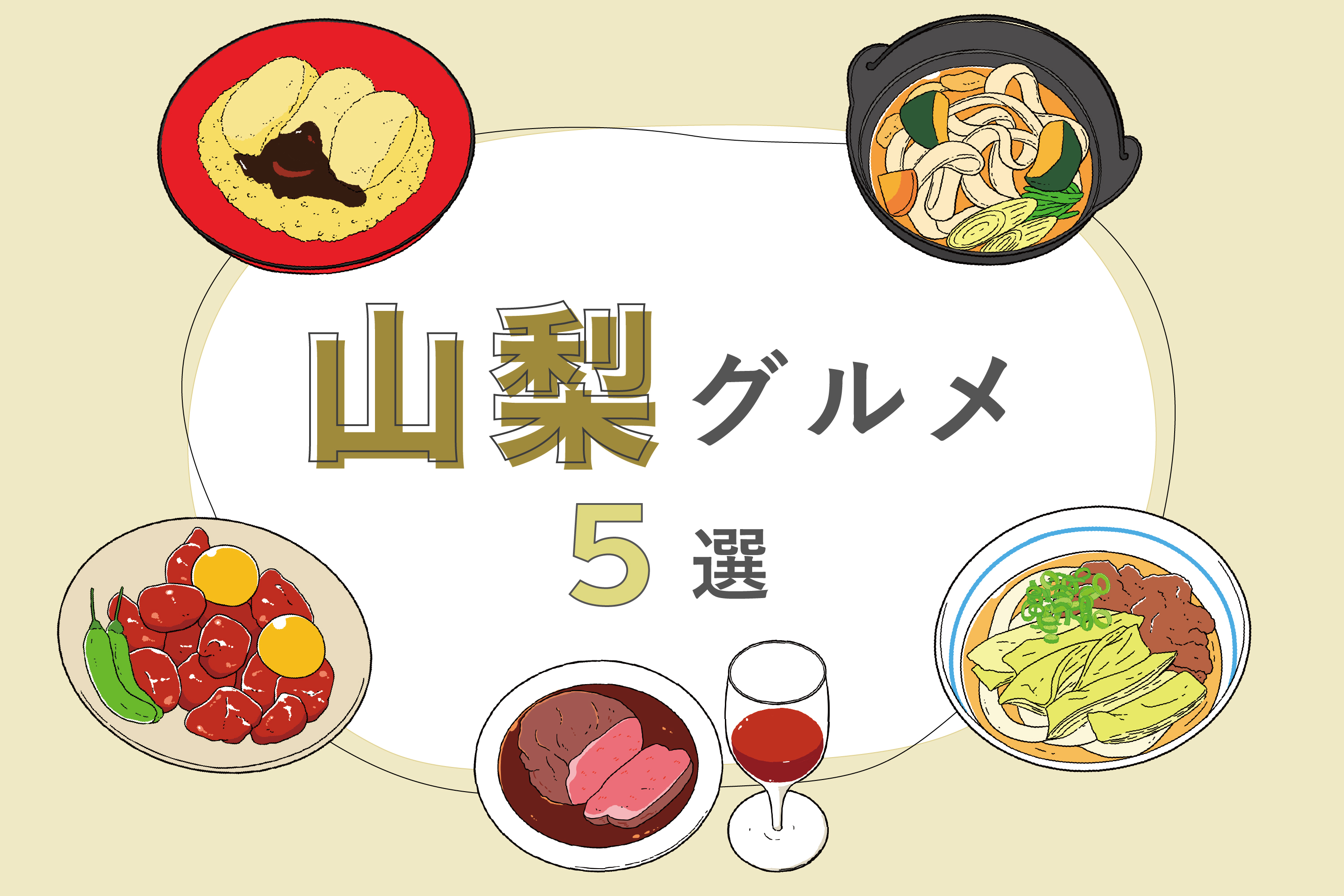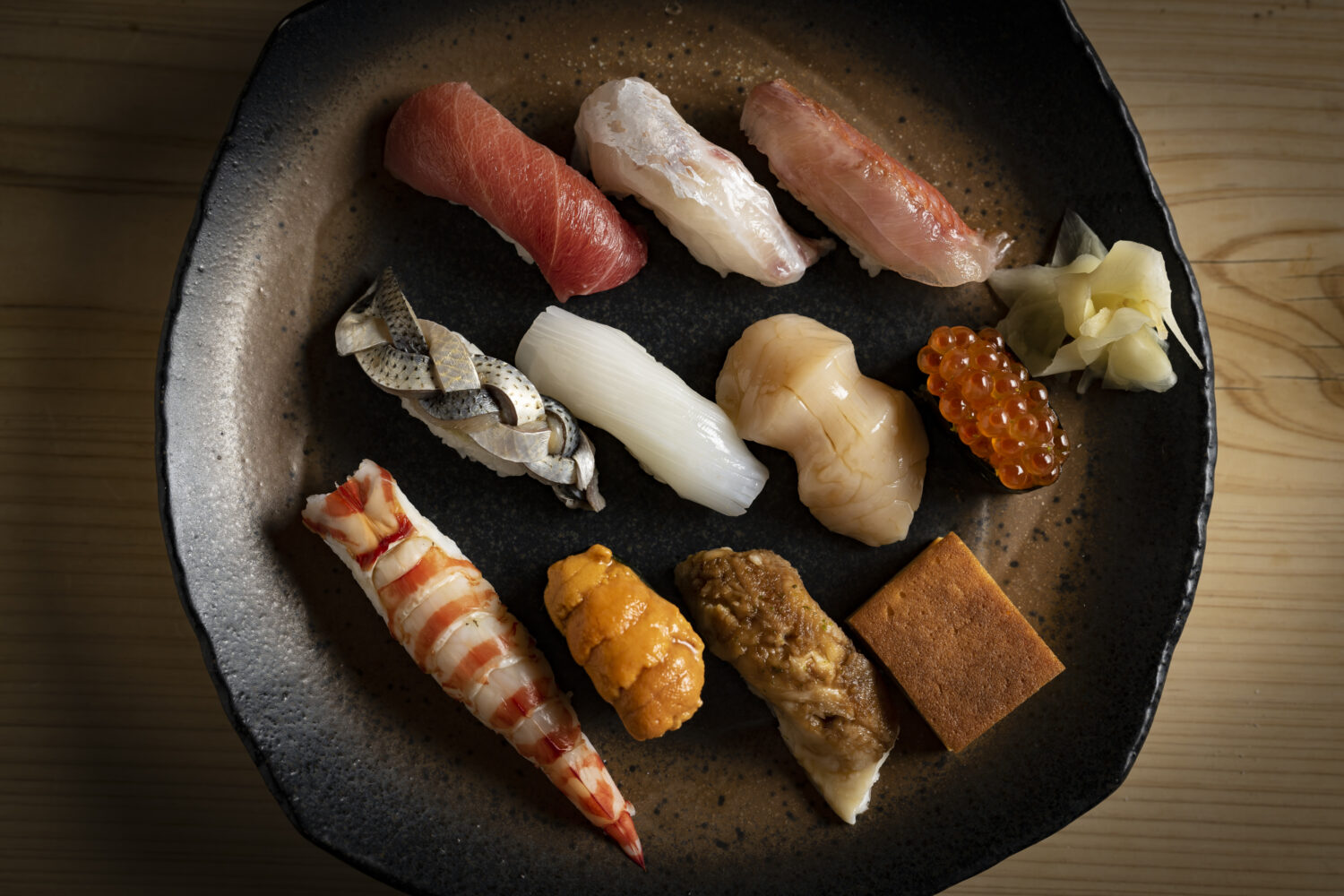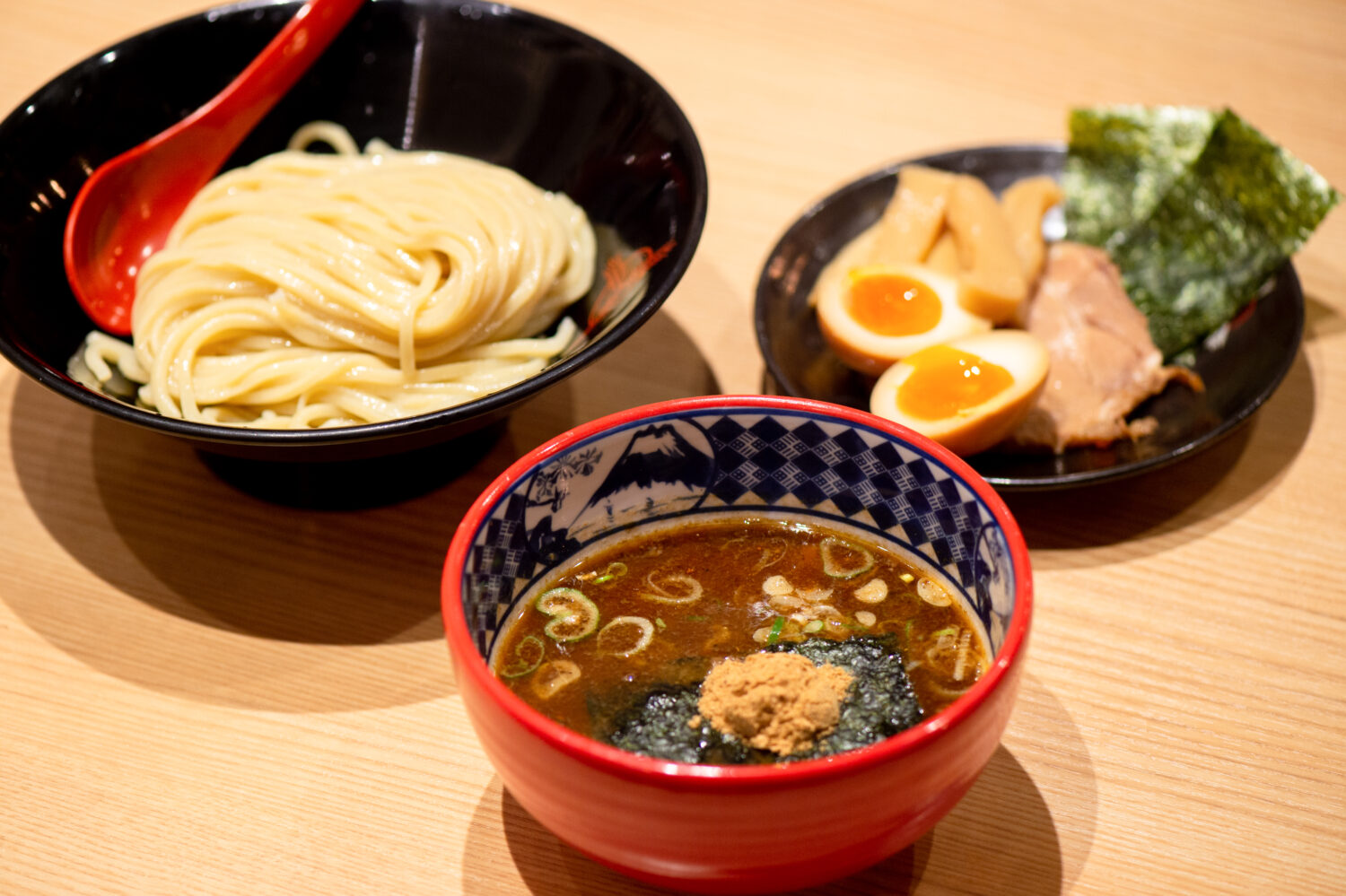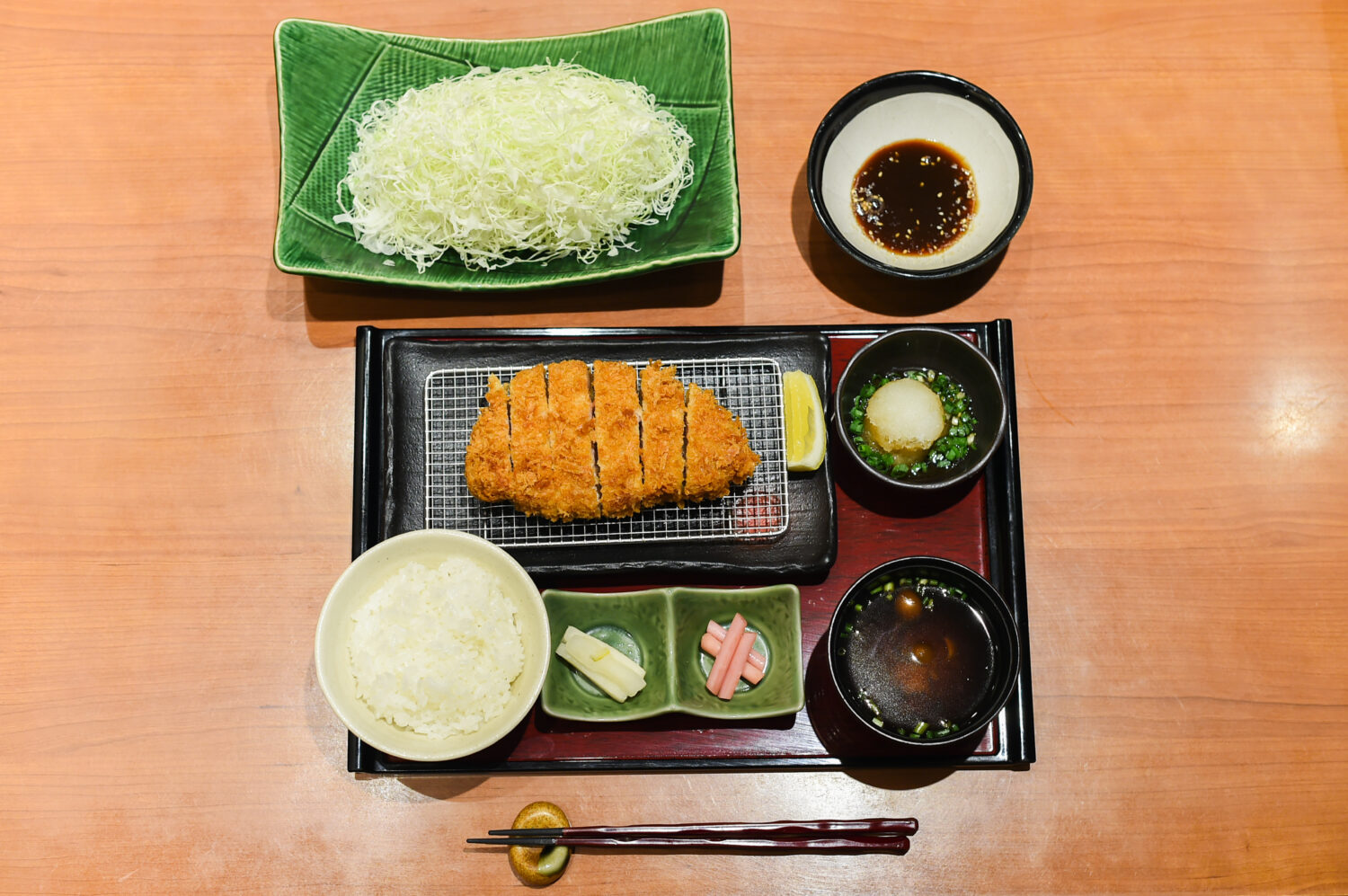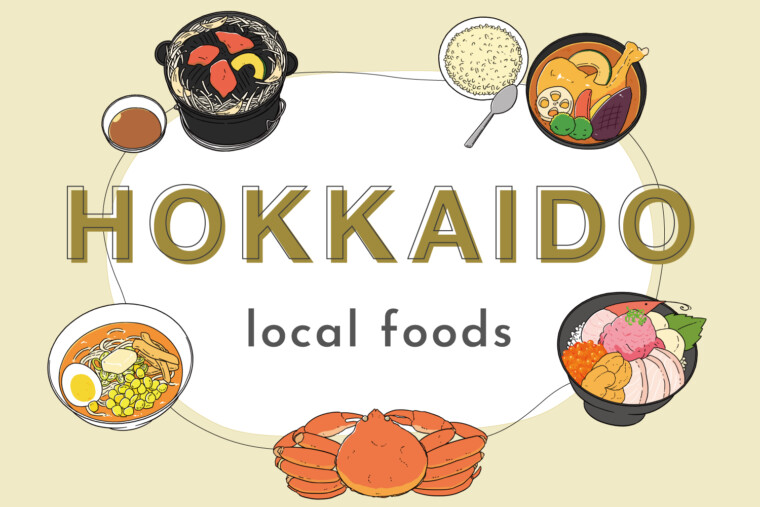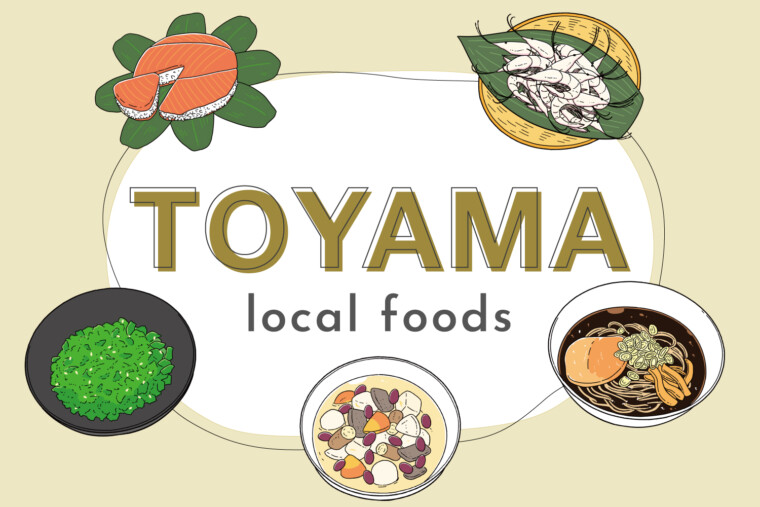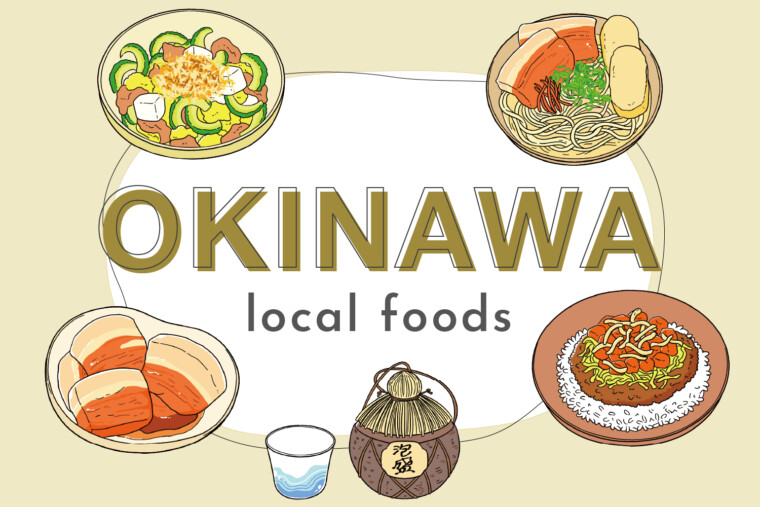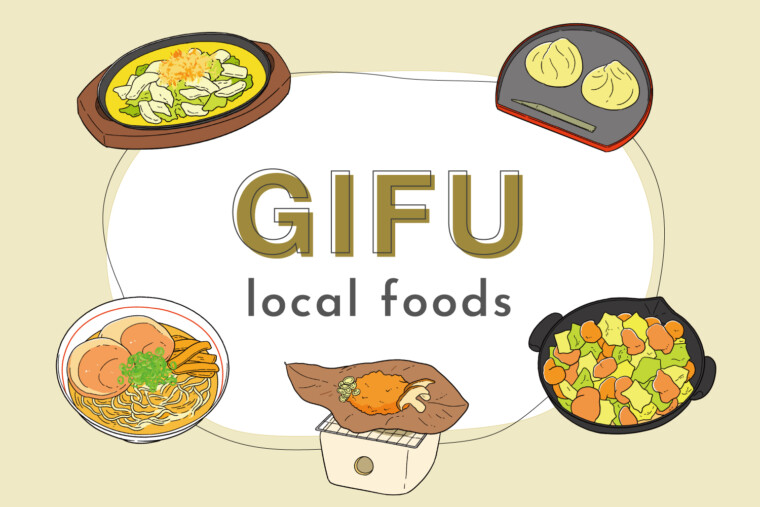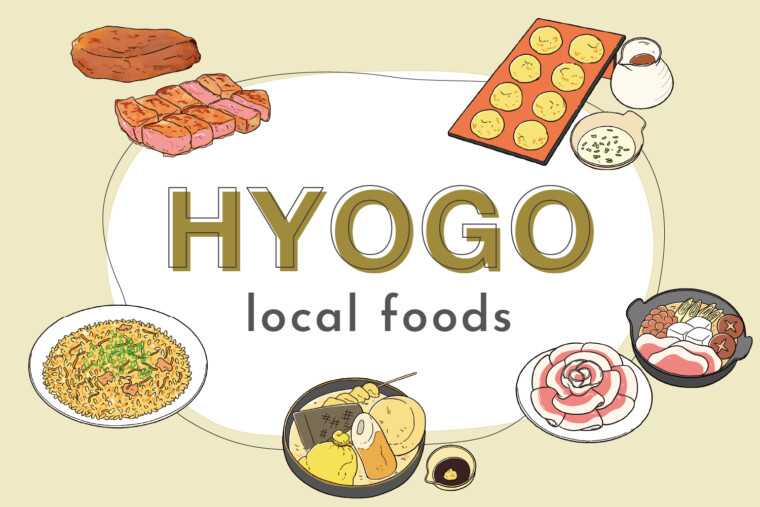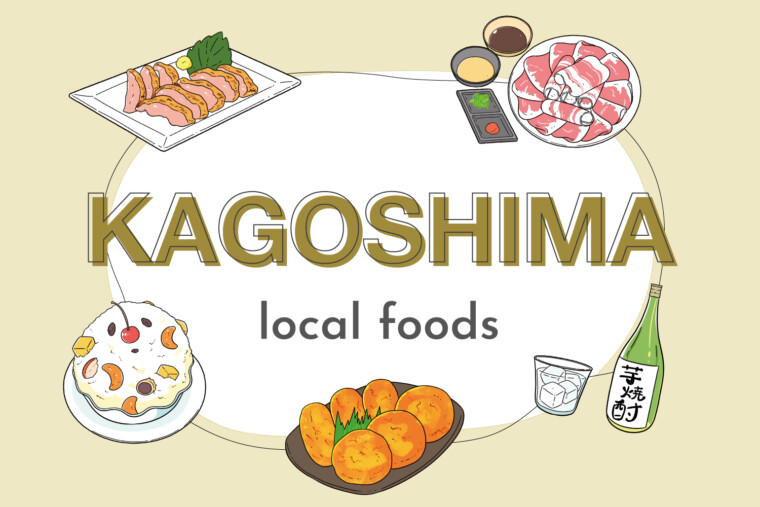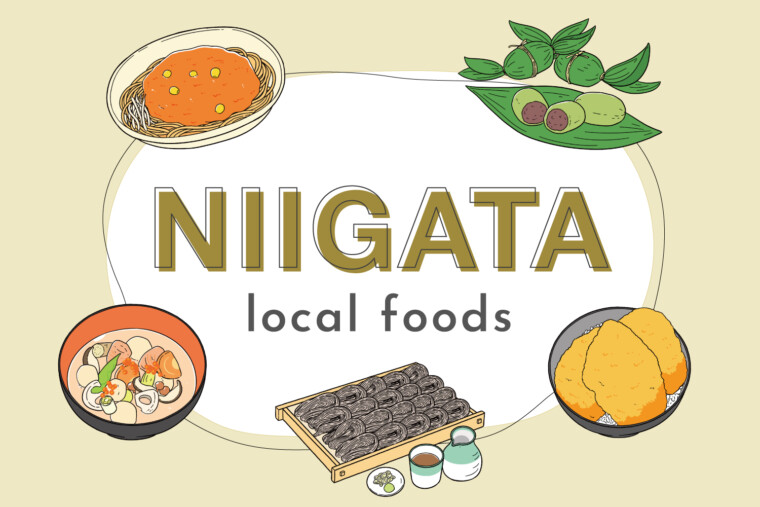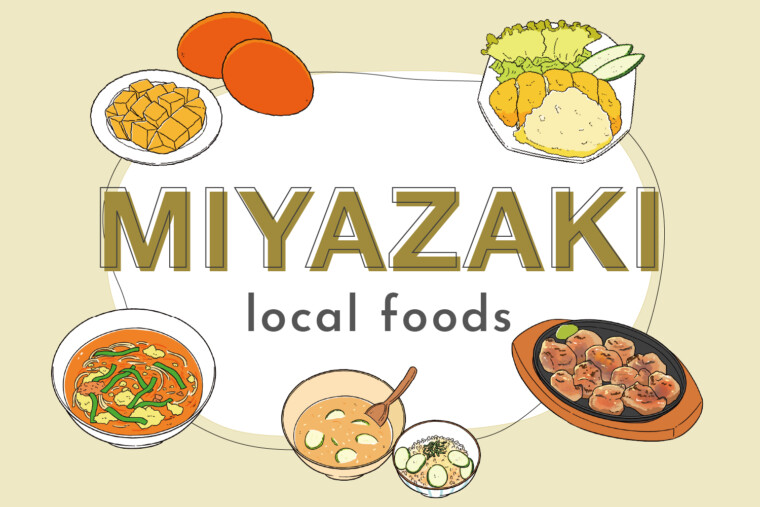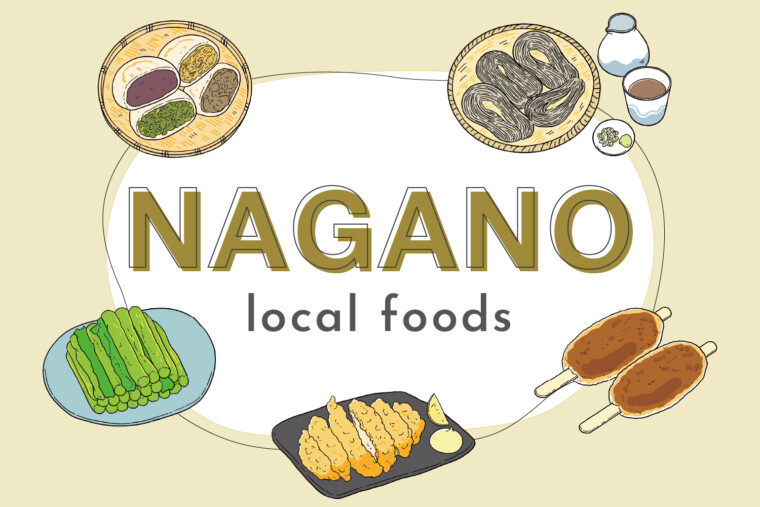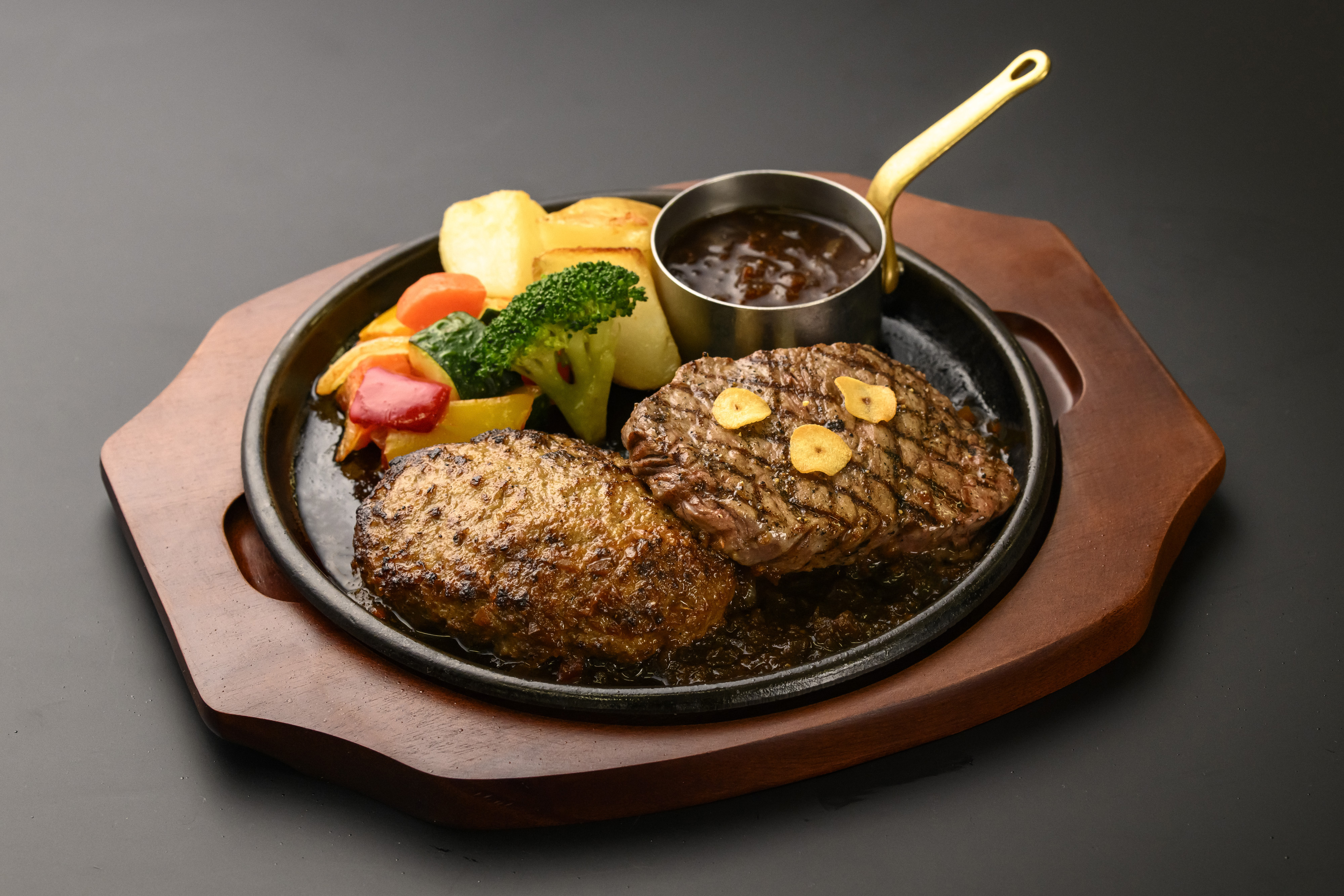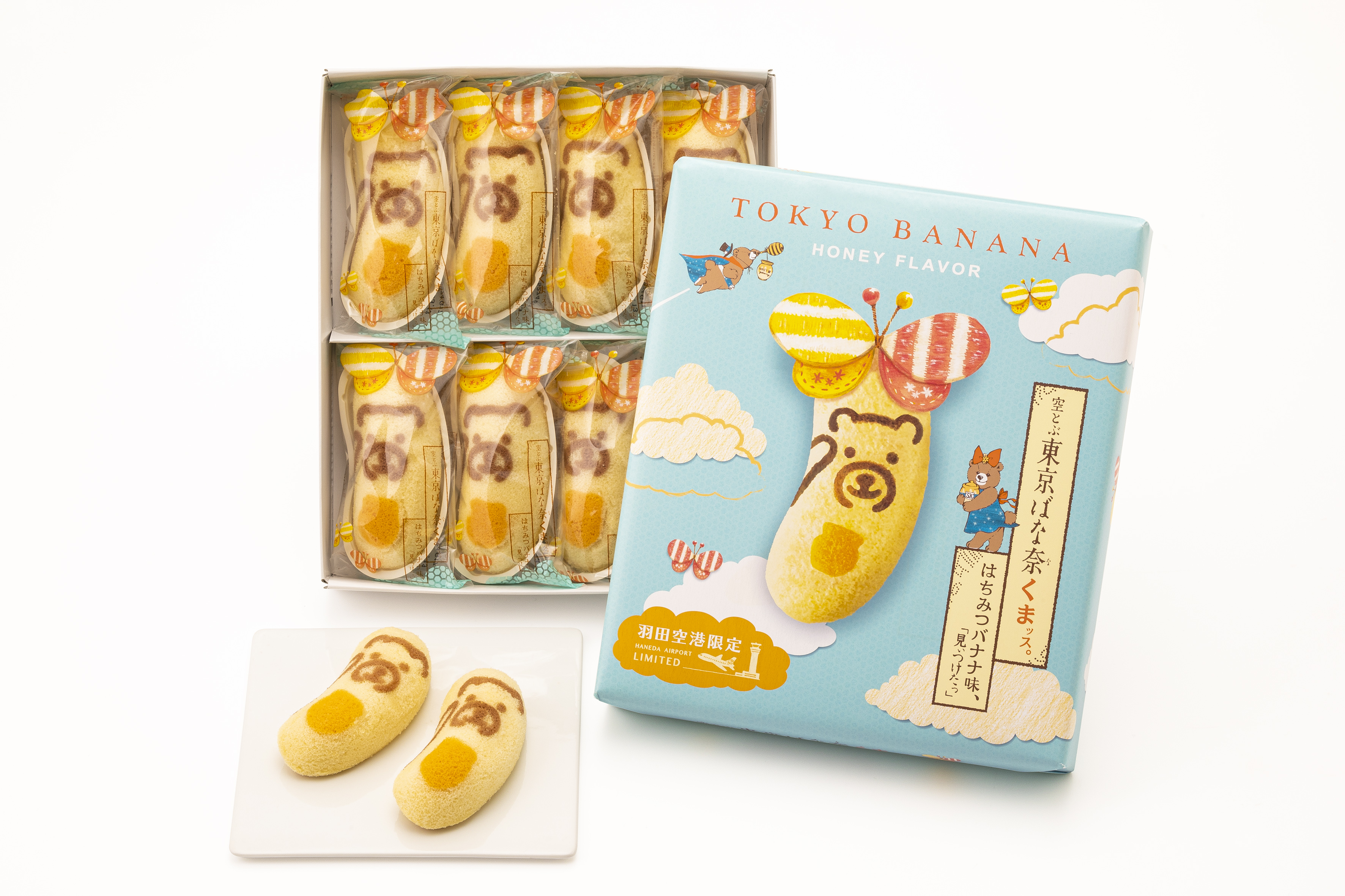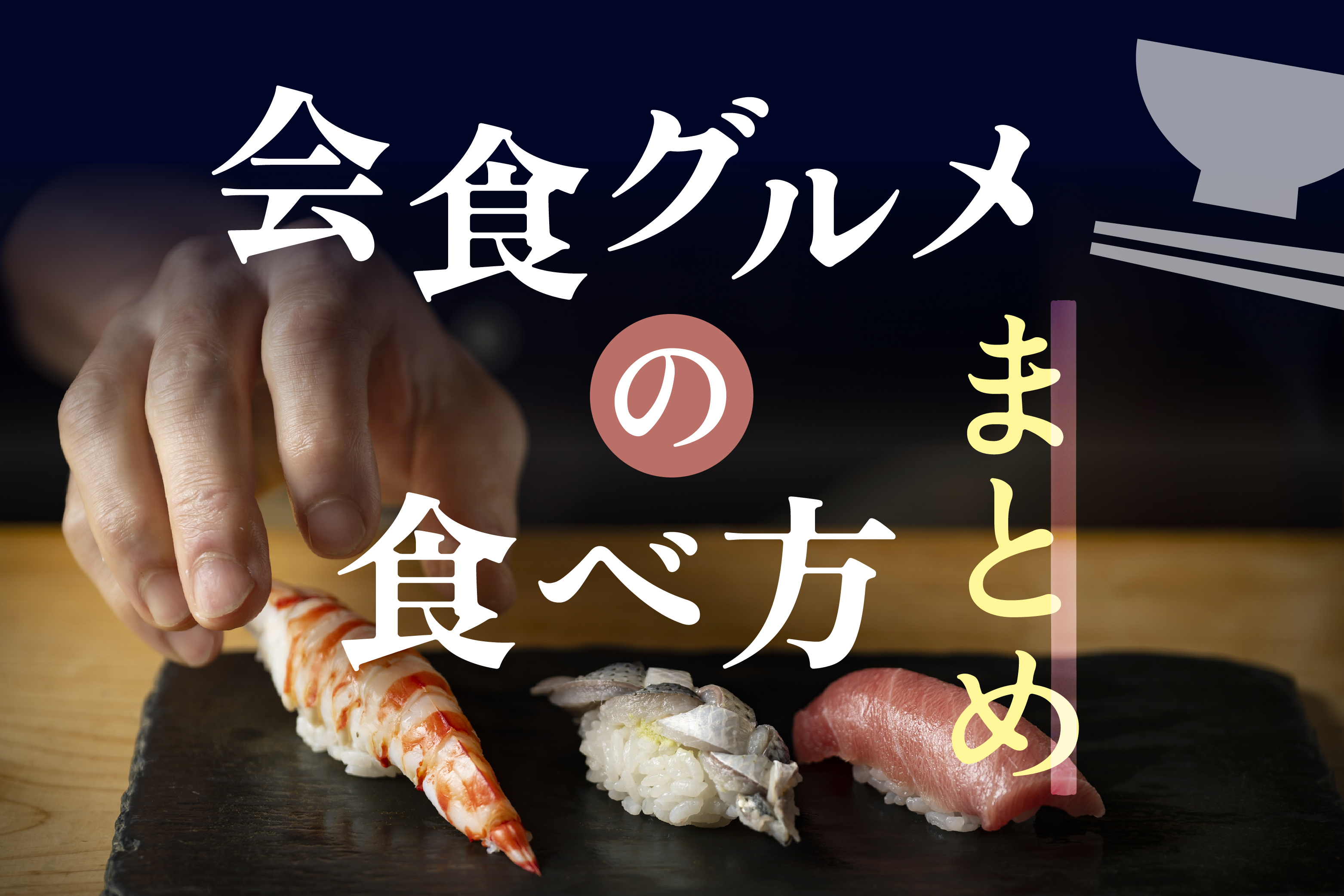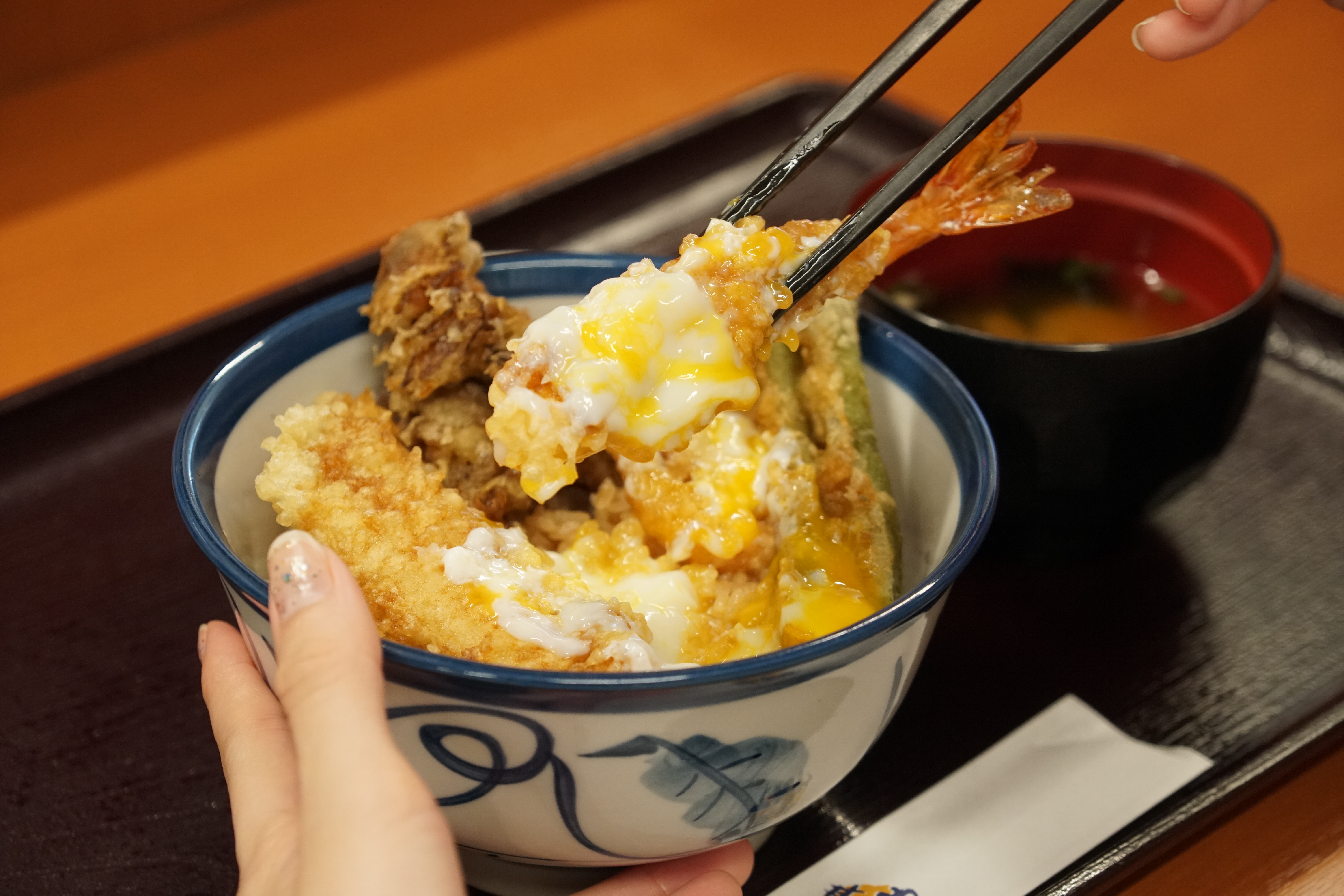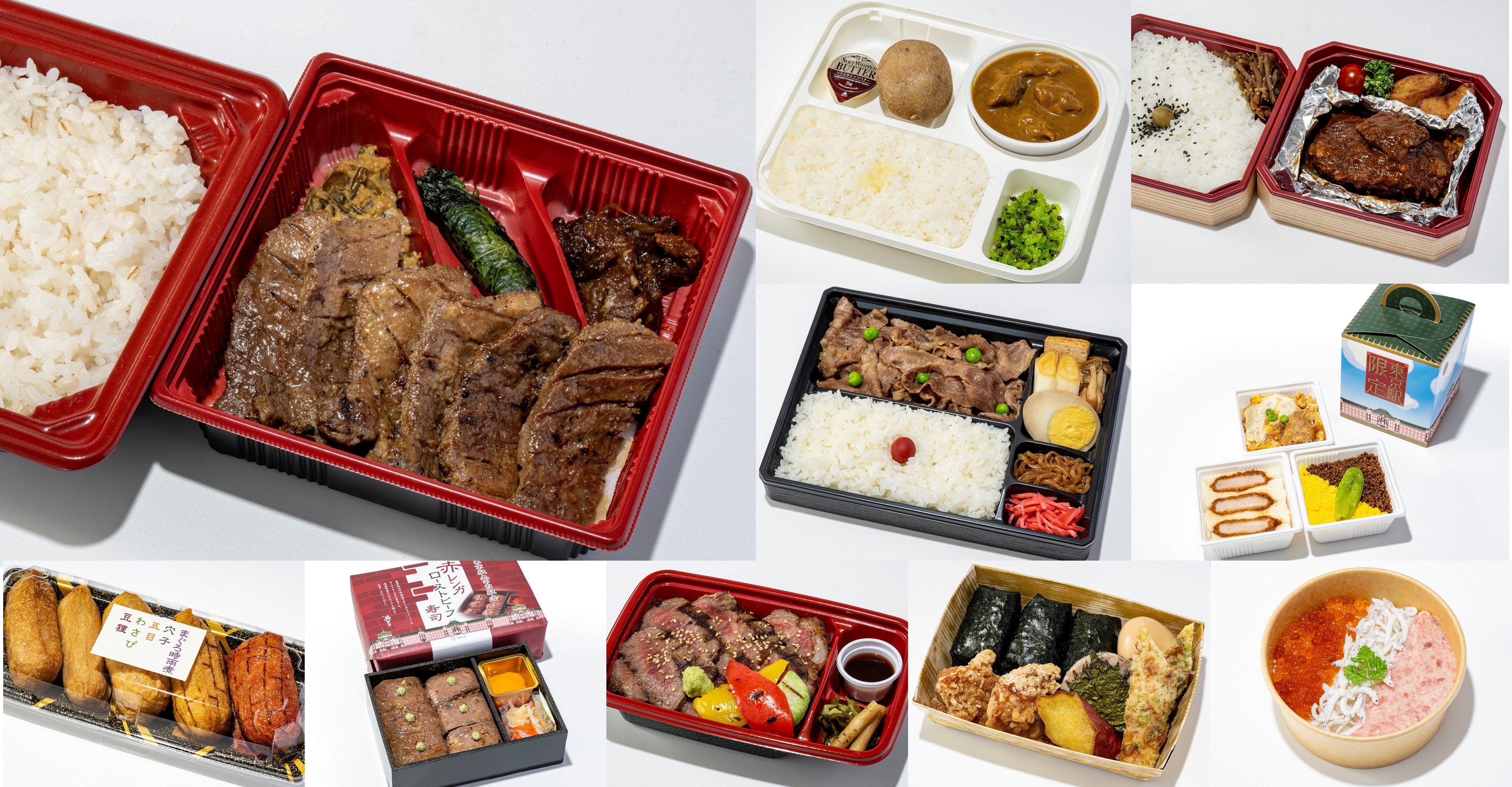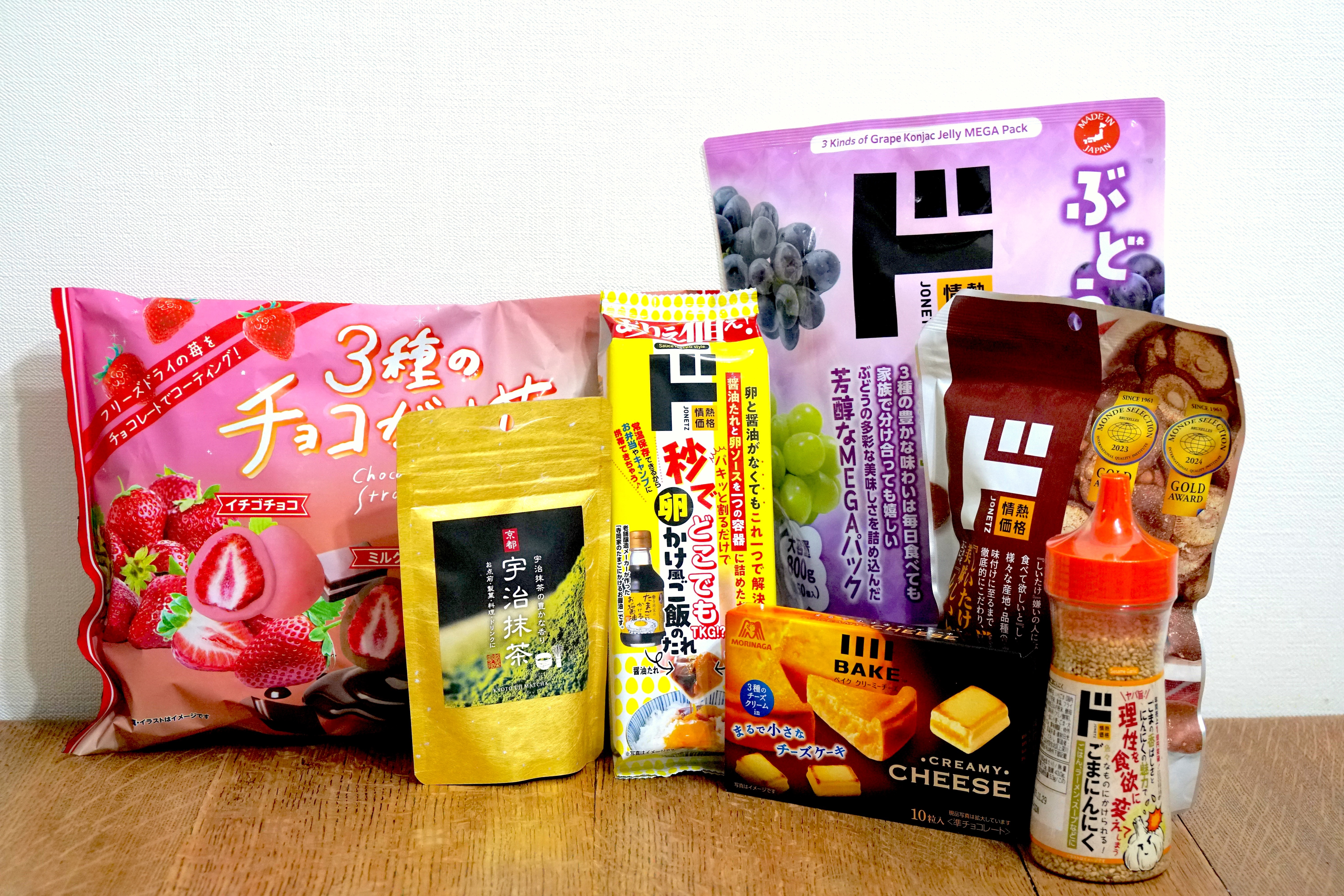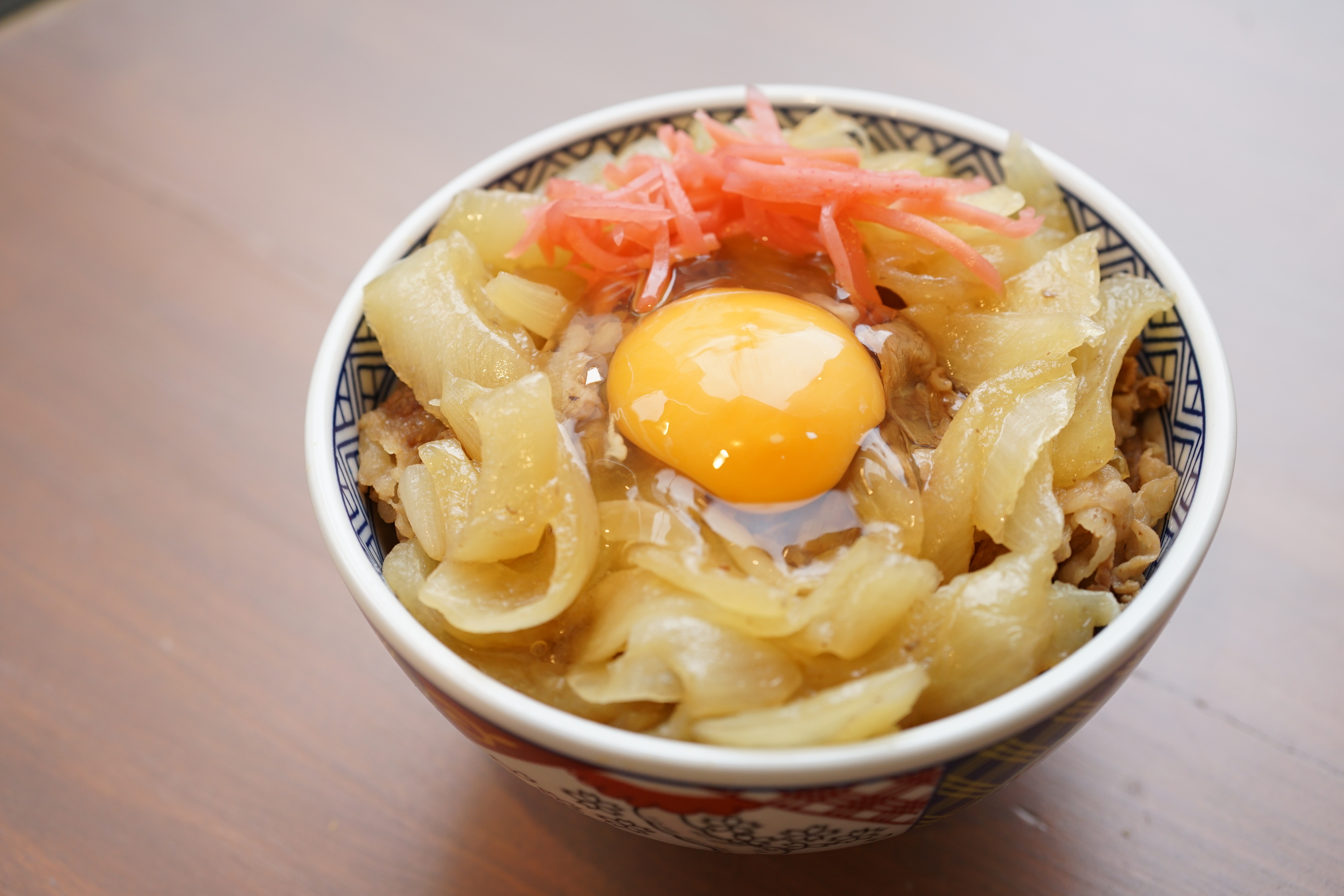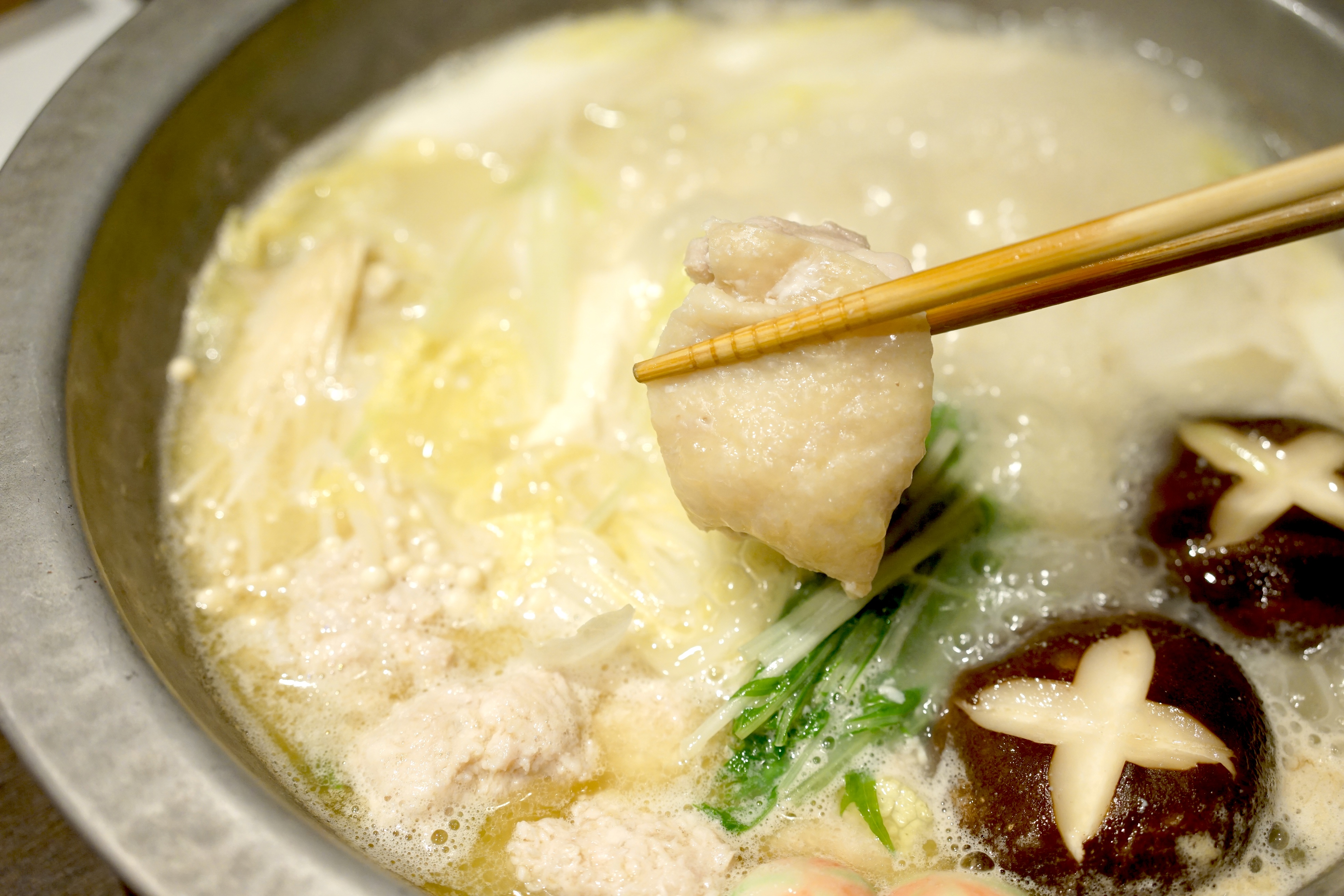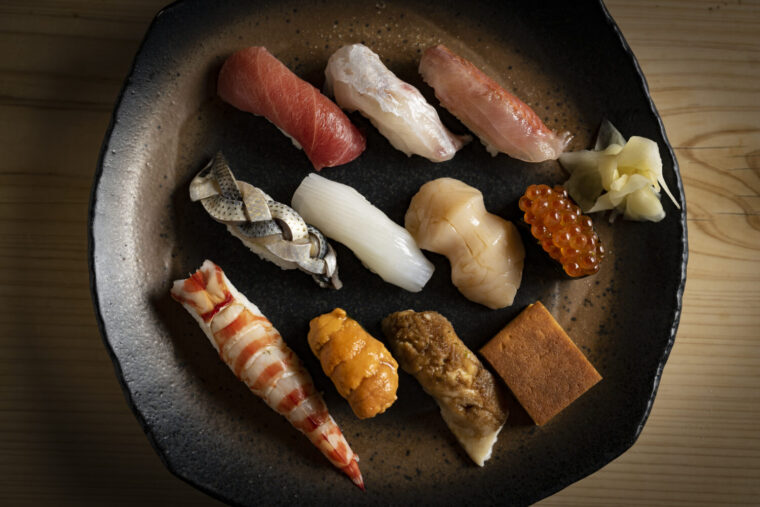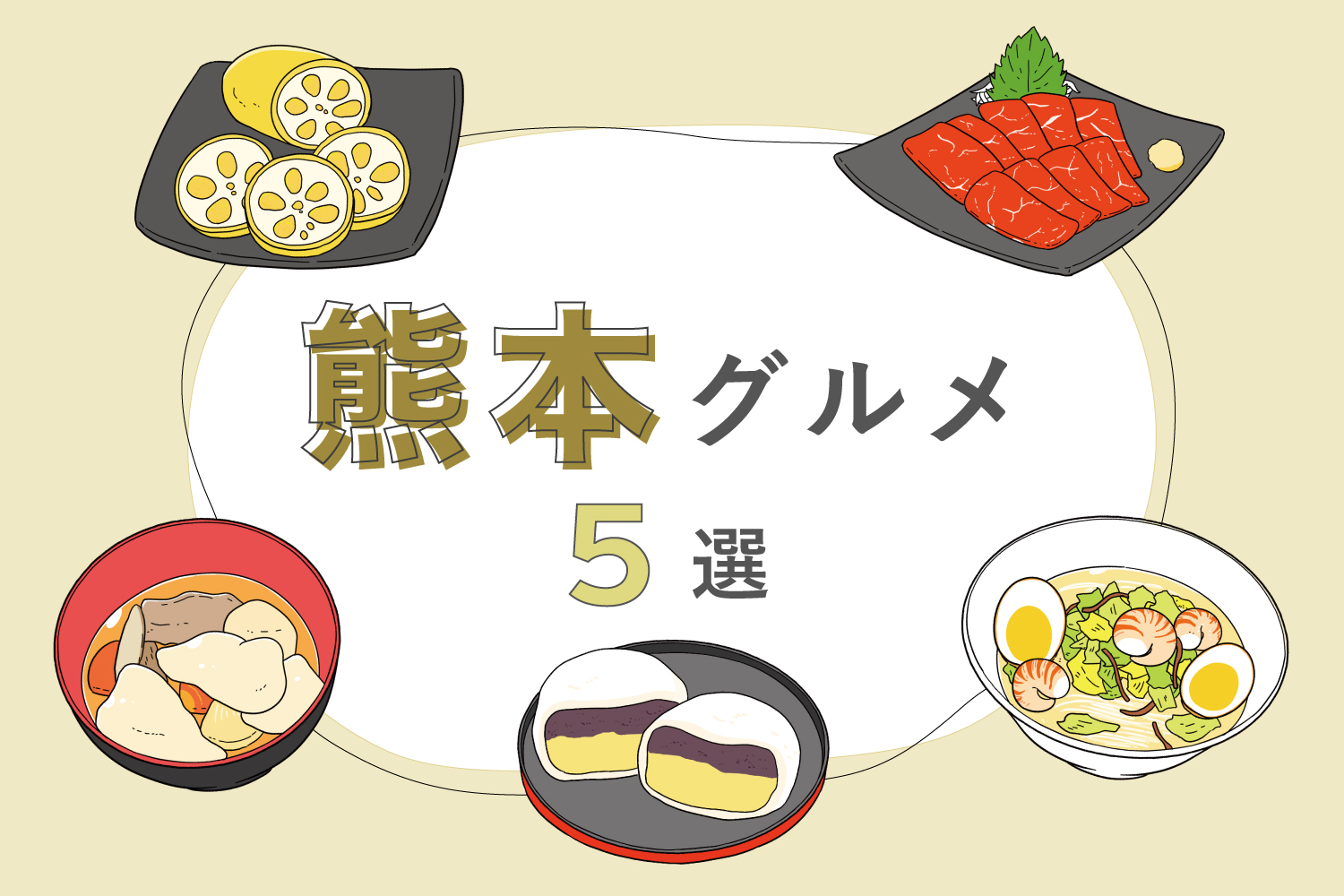
Kumamoto’s Must-Try Local Foods: Basashi, Karashi Renkon, Ikinari Dango, Dago-jiru & Taipien
Kumamoto Prefecture is home to Mount Aso in the northeast and the Ariake and Yatsushiro Seas in the west. Blessed with both fishing and agriculture, Kumamoto has given rise to many local dishes that highlight the bounty of nature, such as basashi (horse meat sashimi) and karashi renkon (mustard-filled lotus root), as well as traditional sweets like ikinari dango.
share:
Table of Contents
“Basashi” – Fresh Horse Meat Sashimi
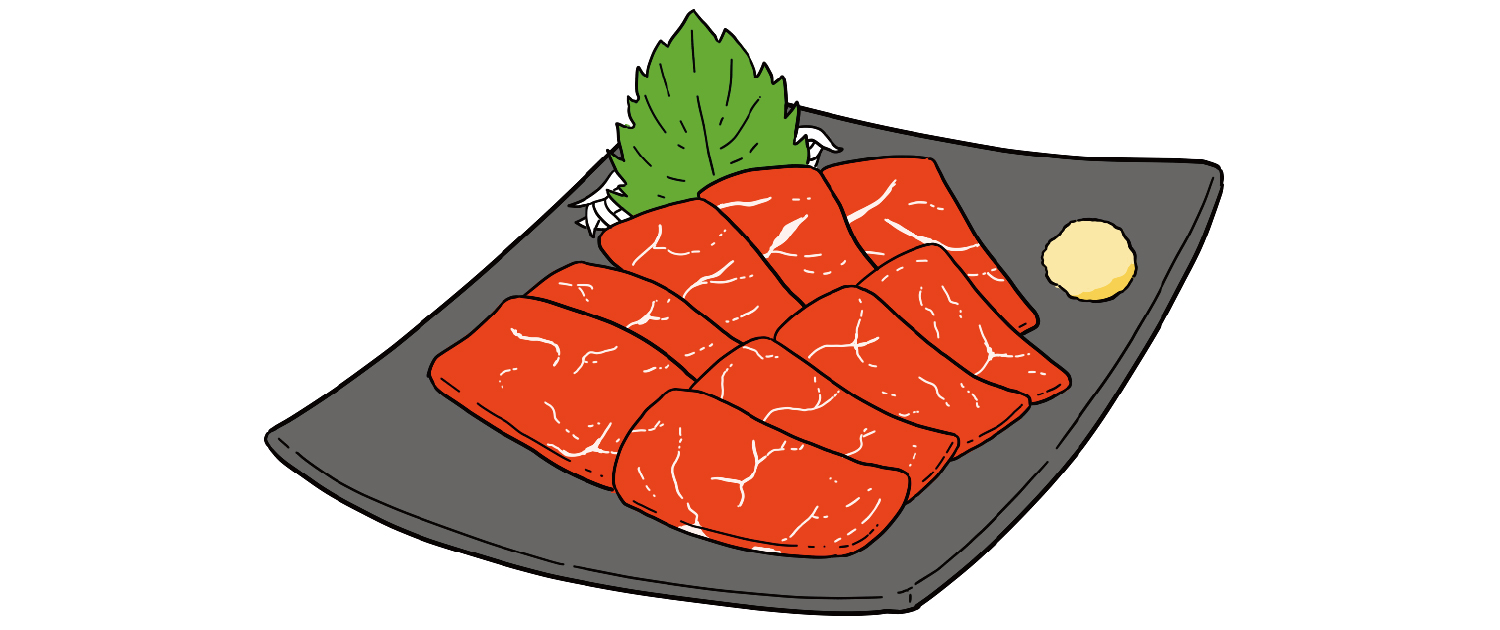
“Basashi” originated in Kumamoto Prefecture, the number one producer of horse meat in Japan. Thinly sliced horse meat is eaten with thinly sliced onions, grated ginger, garlic, and dipped in a sweet soy sauce. Horse meat is high in protein, low in calories, and rich in iron, minerals, and calcium. Each cut has its own appeal, such as the tender loin or the light and lean round. In Kumamoto, basashi is enjoyed not only during New Year’s and celebrations but also as an everyday food, commonly sold at supermarkets.
Spicy Kick of Flavor – “Karashi Renkon”
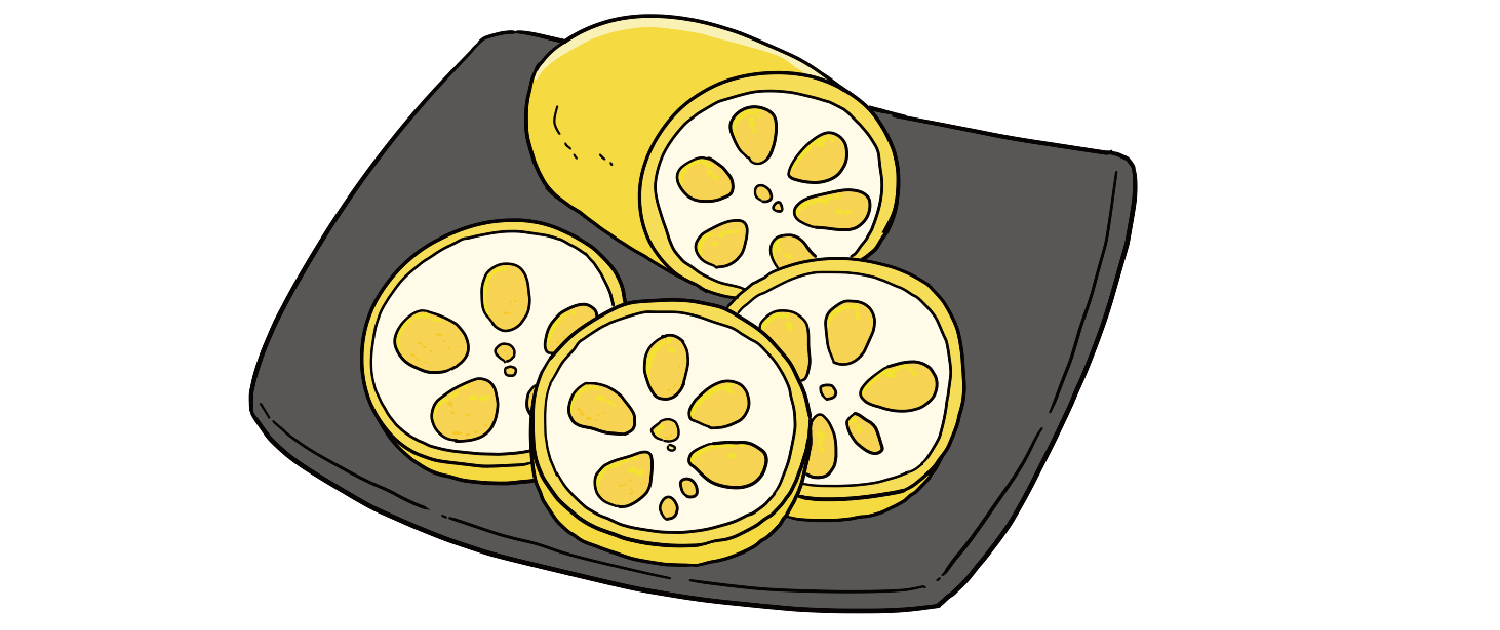
“Karashi Renkon” is made by filling the holes of lotus root with miso mixed with mustard, coating it with a batter of turmeric and flour mixed with water, and deep-frying it. It is said to have originated in 1632 when a monk named Gentaku prepared lotus root, believed to have health benefits, mixed with miso and mustard for the frail third lord of the Kumamoto domain, Hosokawa Tadatoshi. Today, karashi renkon is enjoyed as a snack with alcohol or as part of New Year’s osechi cuisine.
Sweetness of Hot Sweet Potato and Red Bean Paste – “Ikinari Dango”
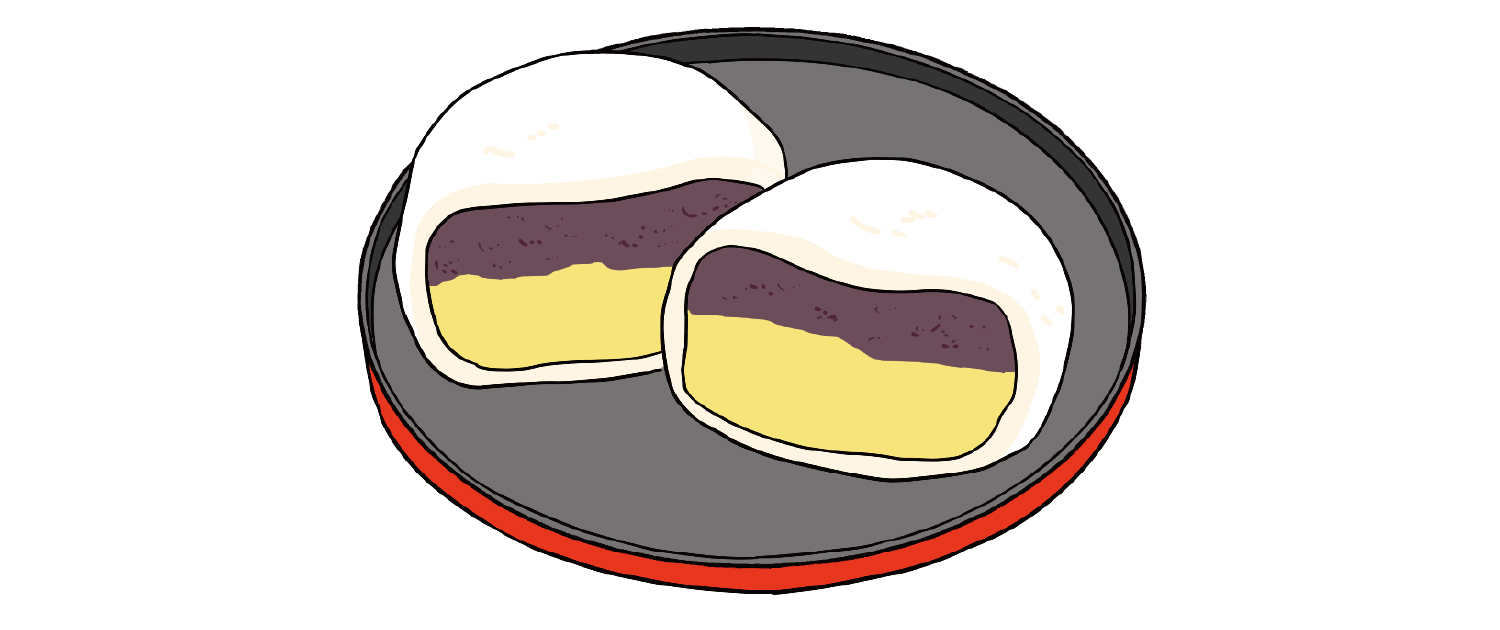
“Ikinari Dango” is a simple, traditional sweet. A slice of sweet potato about one centimeter thick and red bean paste are wrapped in dough made from kneaded flour and steamed. “Ikinari” means “simple, quick, easy” in the Kumamoto dialect, referring to how fast it can be made.
In the past, ikinari dango was simply steamed dough with sweet potato inside. Today, there are many variations, with dough kneaded with brown sugar or mugwort, and fillings such as purple sweet potatoes or walnuts.
“Dago-jiru” – Dumpling Soup
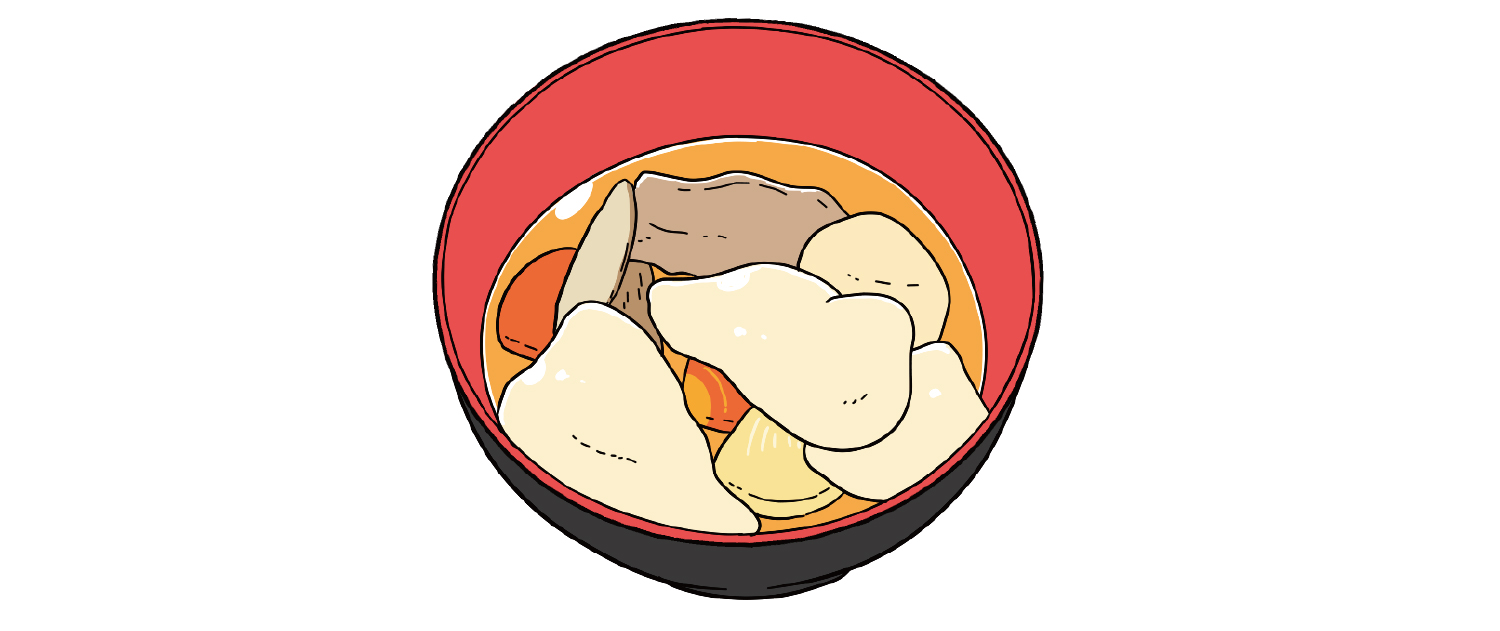
“Dago-jiru” is a soup made with dumplings created by kneading flour with water, stretching it by hand, and tearing it into pieces. Cooked together with vegetables, it is both nutritious and filling, and has long been eaten during breaks in farm work. “Dago” means “dumpling” in the Kumamoto dialect.
Instead of dumpling shapes, some versions use dough cut like udon noodles, or dumplings made by kneading flour with mashed sweet potatoes. The texture and shape vary depending on the region and household, adding to its charm.
“Taipien” – A Dish Inspired by Chinese Soup
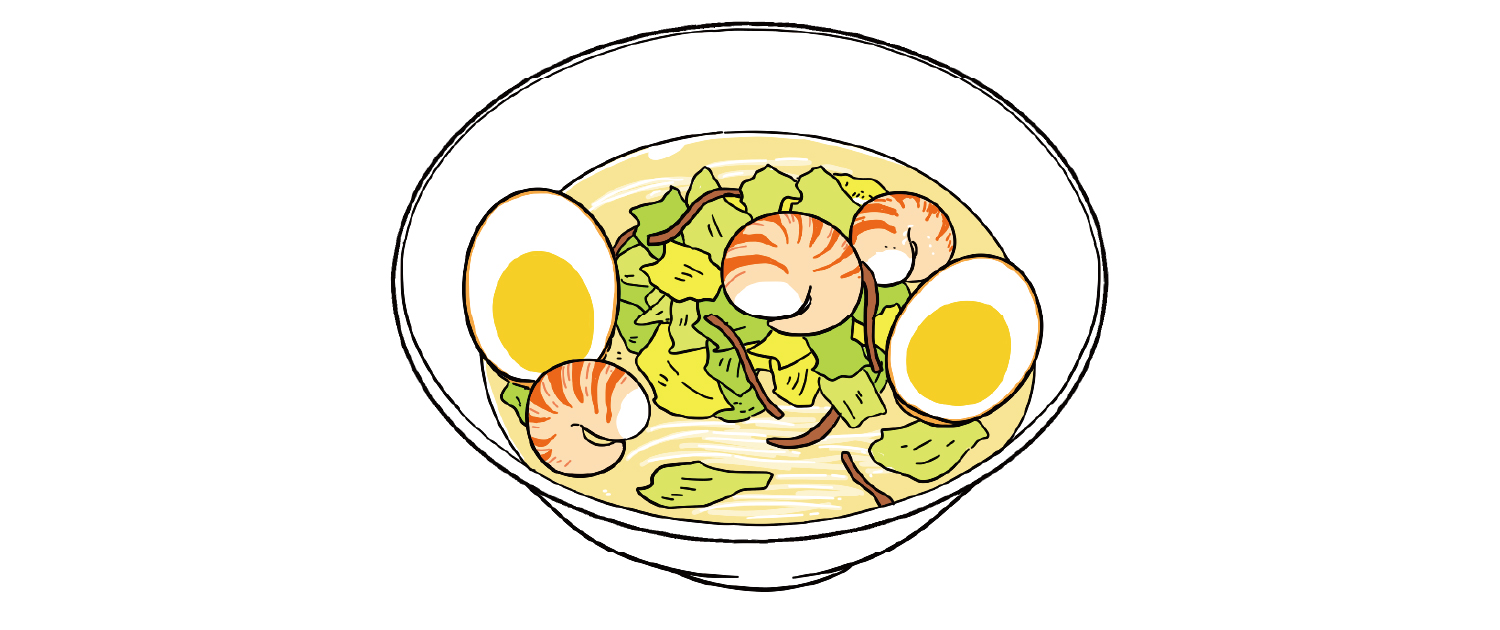
“Taipien” is a popular Chinese-style dish in Kumamoto. Based on a traditional soup from Fujian Province, China, it was adapted using Japanese ingredients. A white soup stock made from chicken bones or pork bones is seasoned with salt and soy sauce, then filled with cabbage, bamboo shoots, wood ear mushrooms, squid, shrimp, pork belly, and rehydrated glass noodles. Packed with ingredients yet light in taste, it is considered a healthy Chinese dish, often eaten for lunch or as a late-night meal after drinking.
*The information is based on the time of reporting or creation, and may differ from the current situation.
tags:
share:










